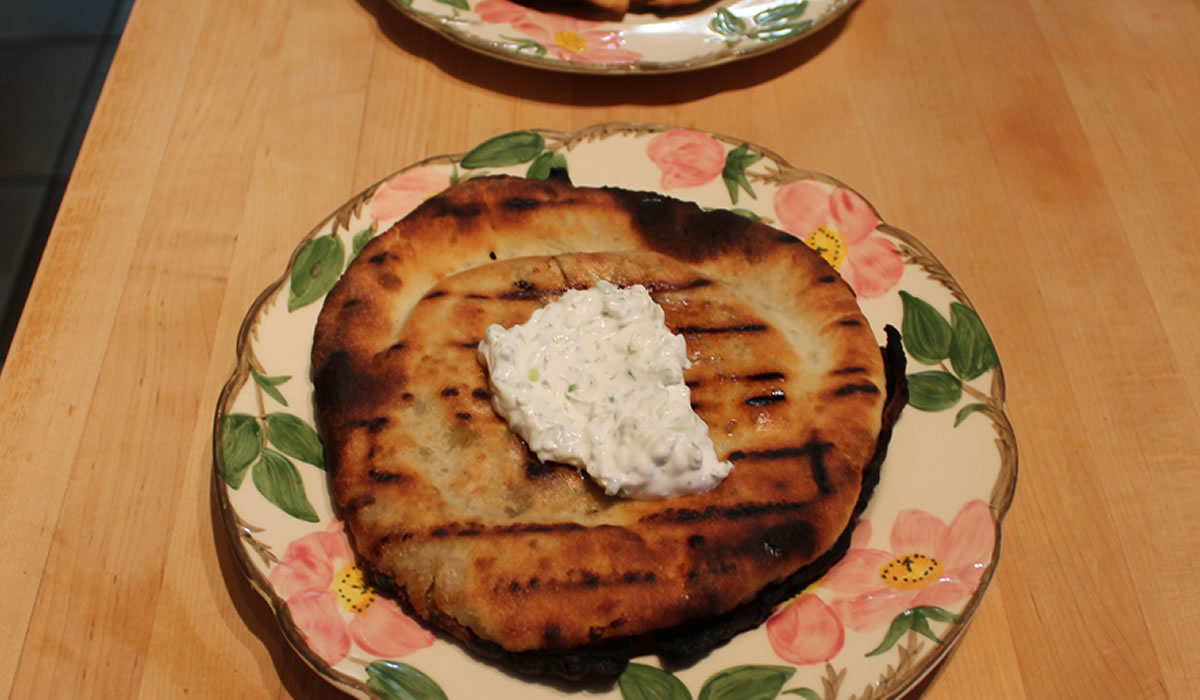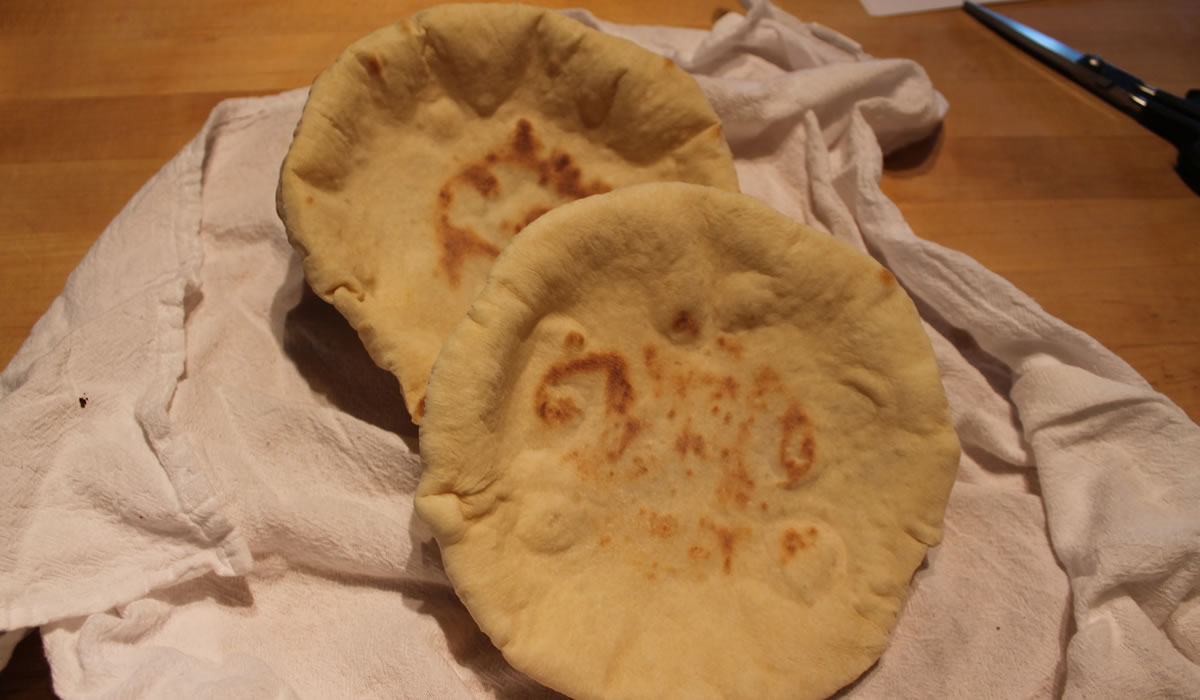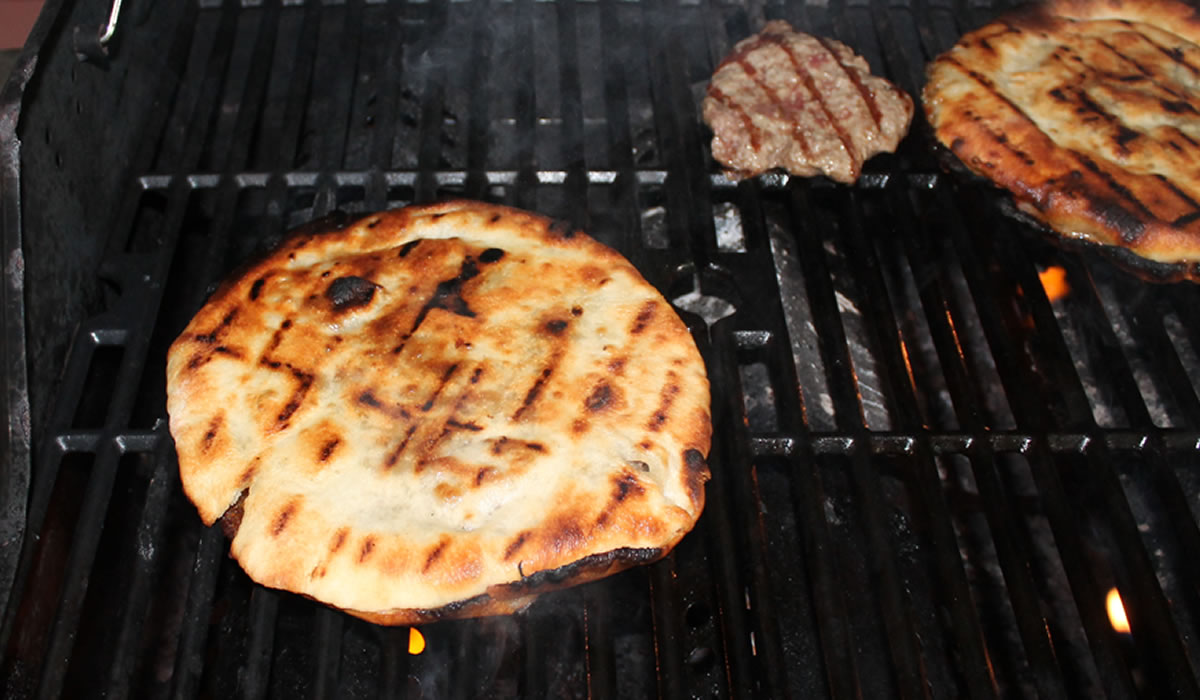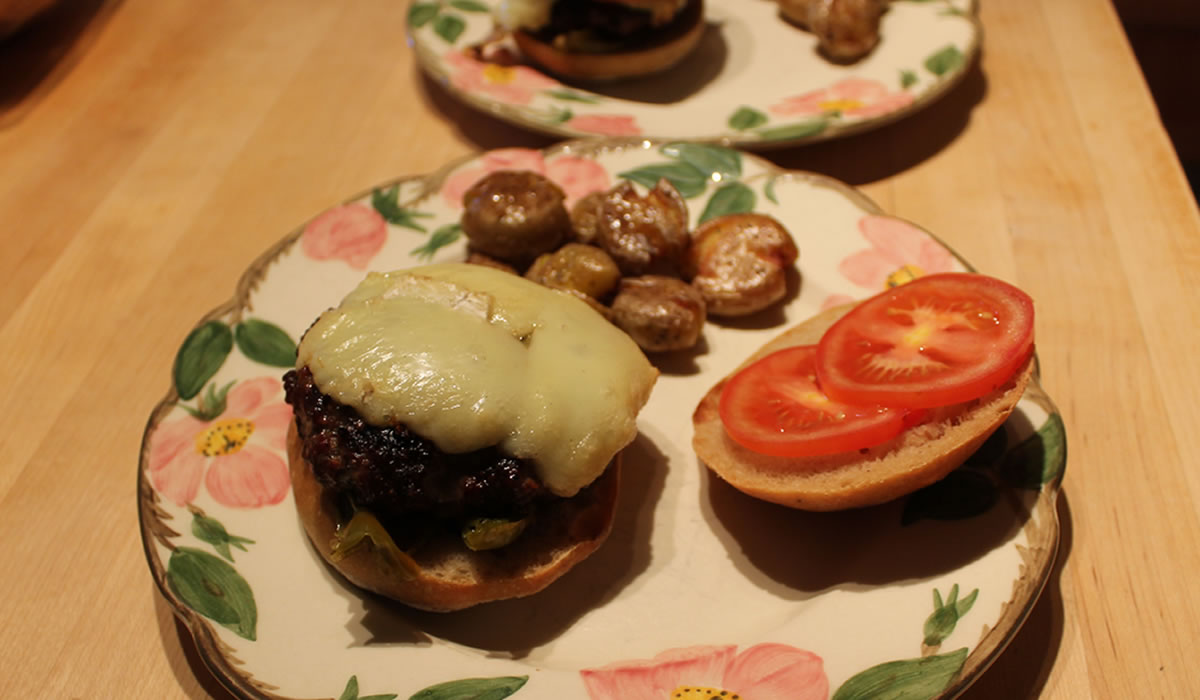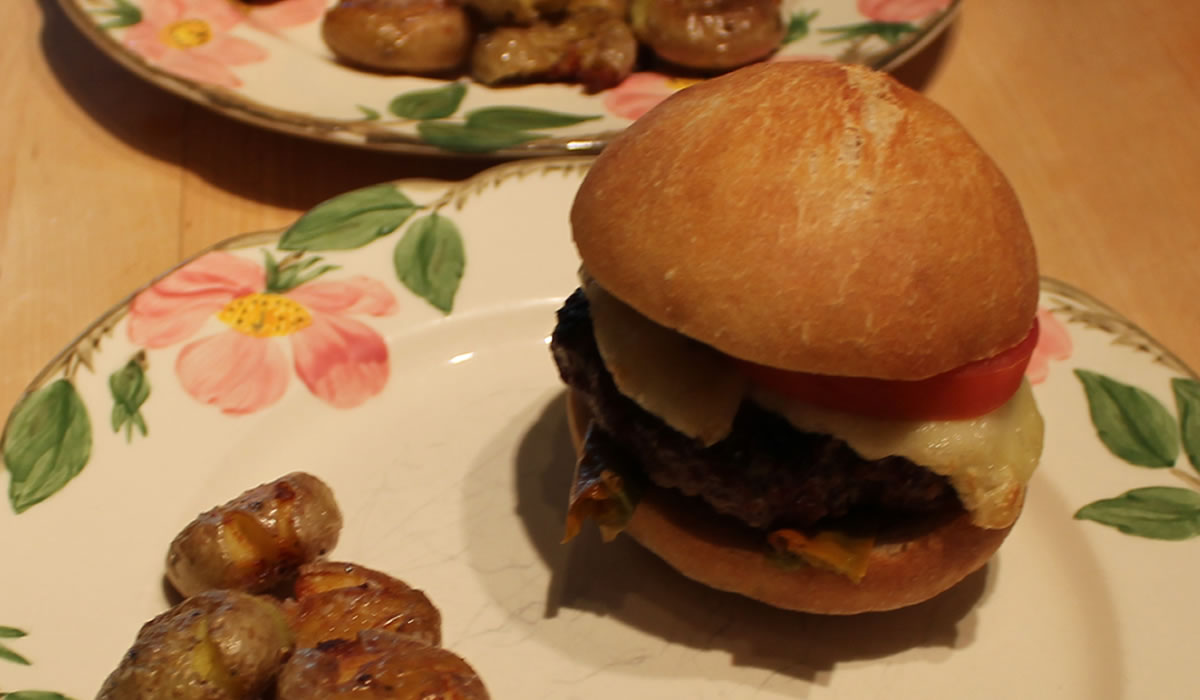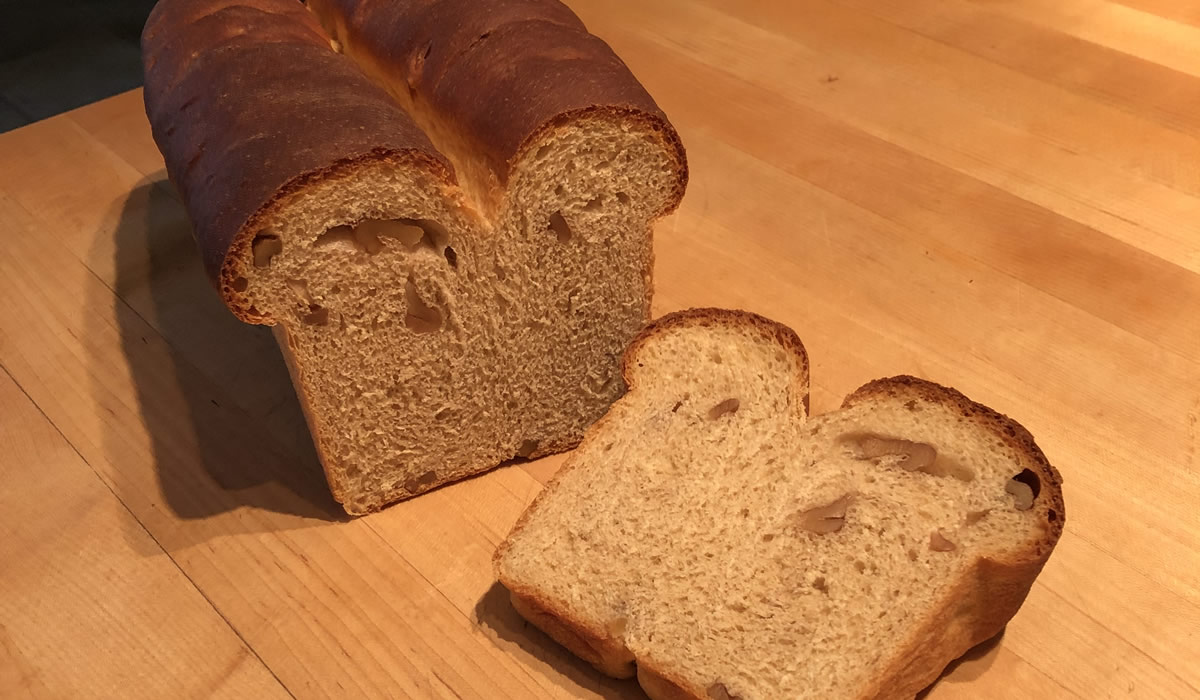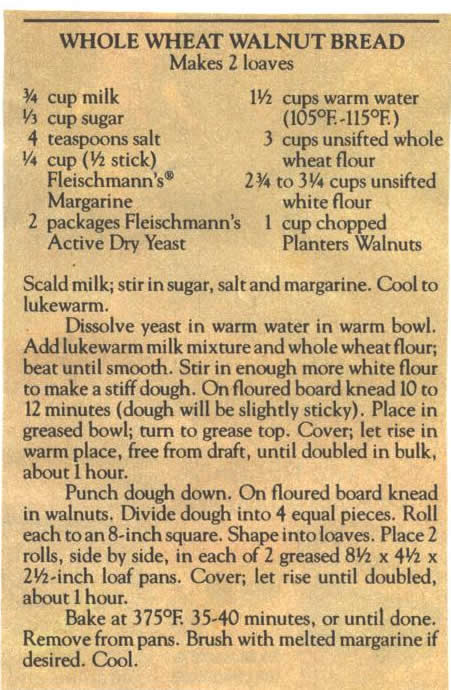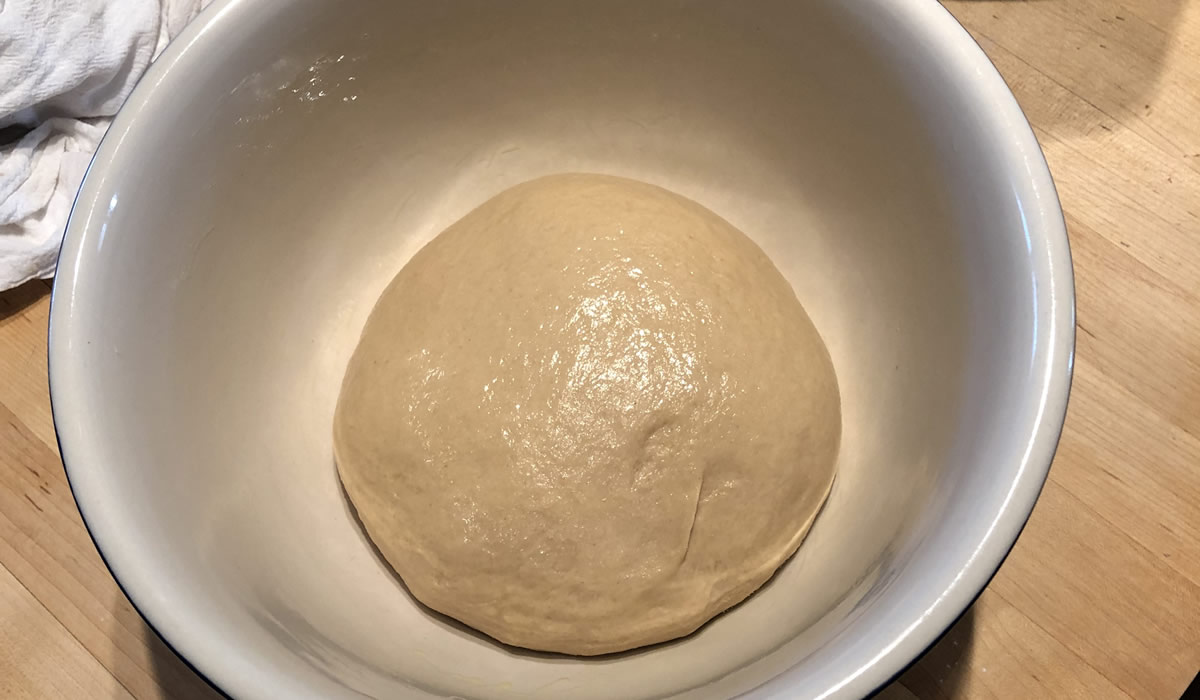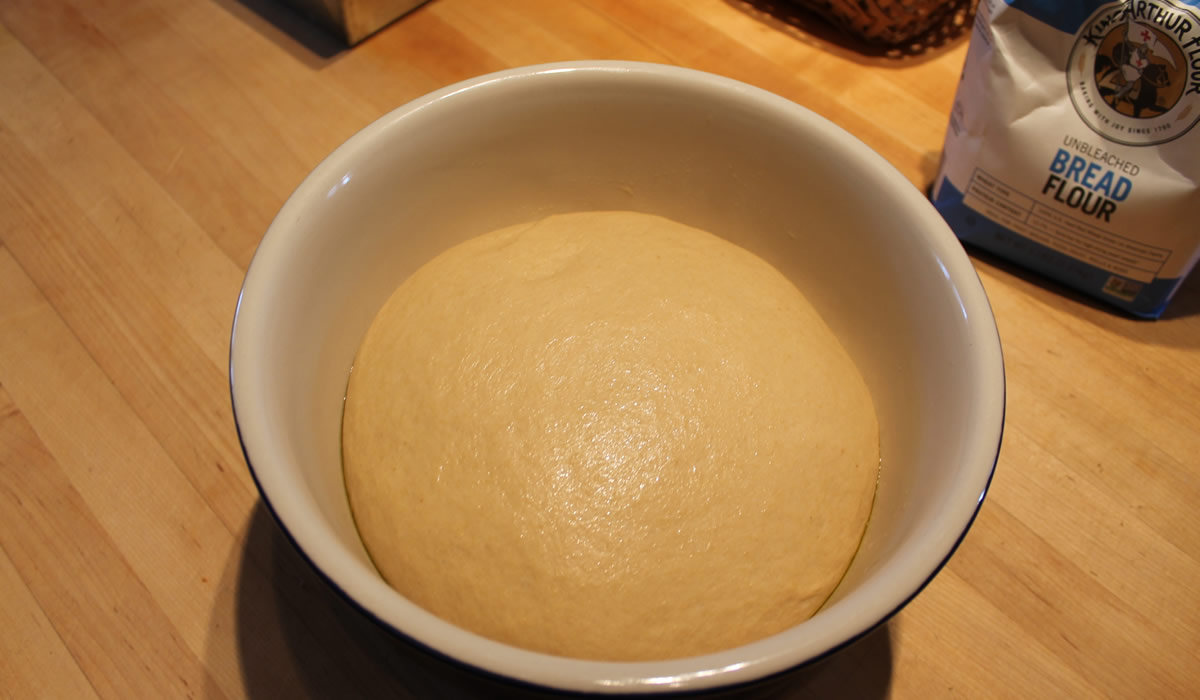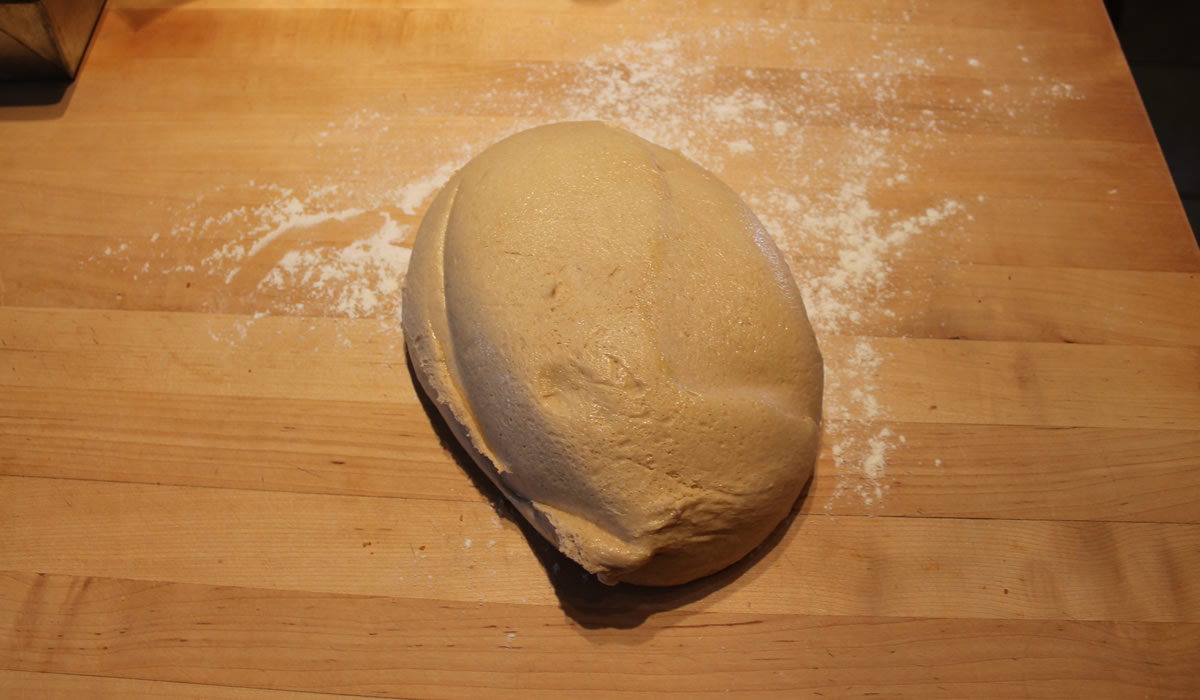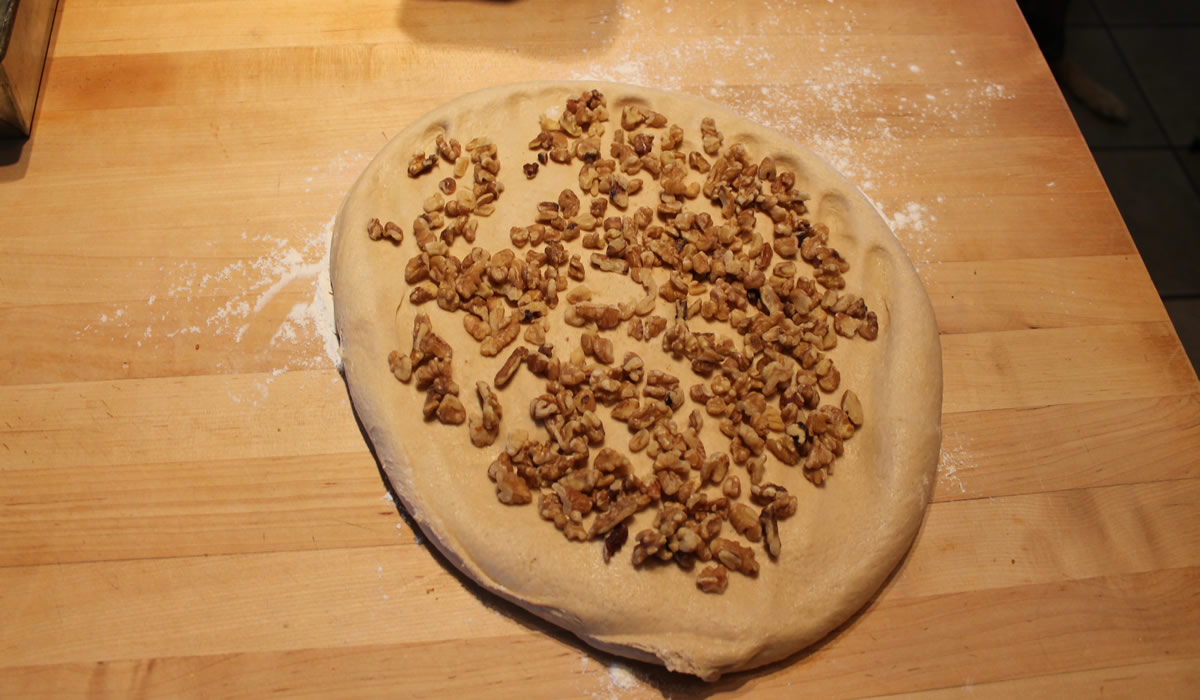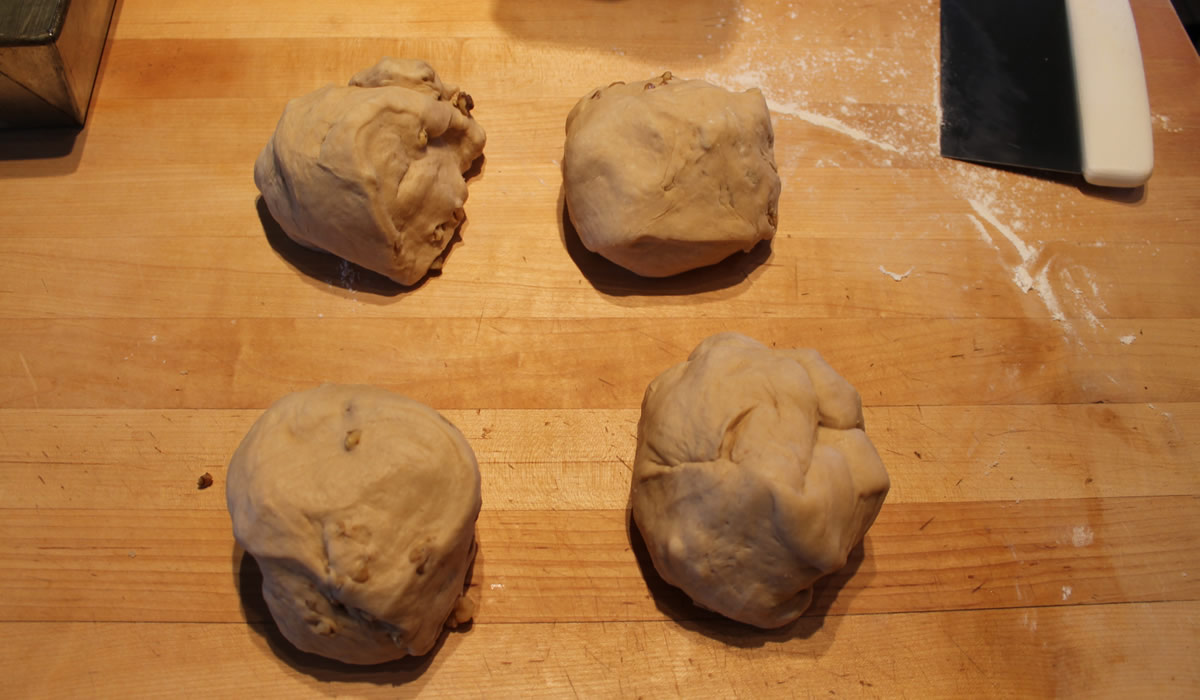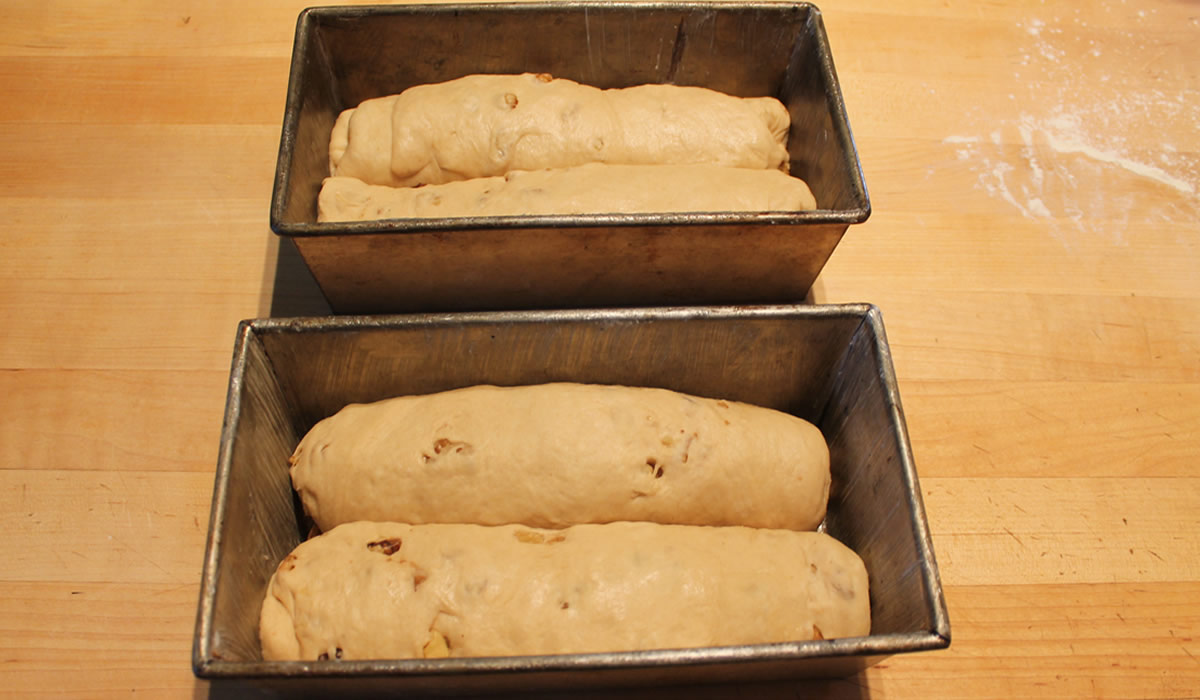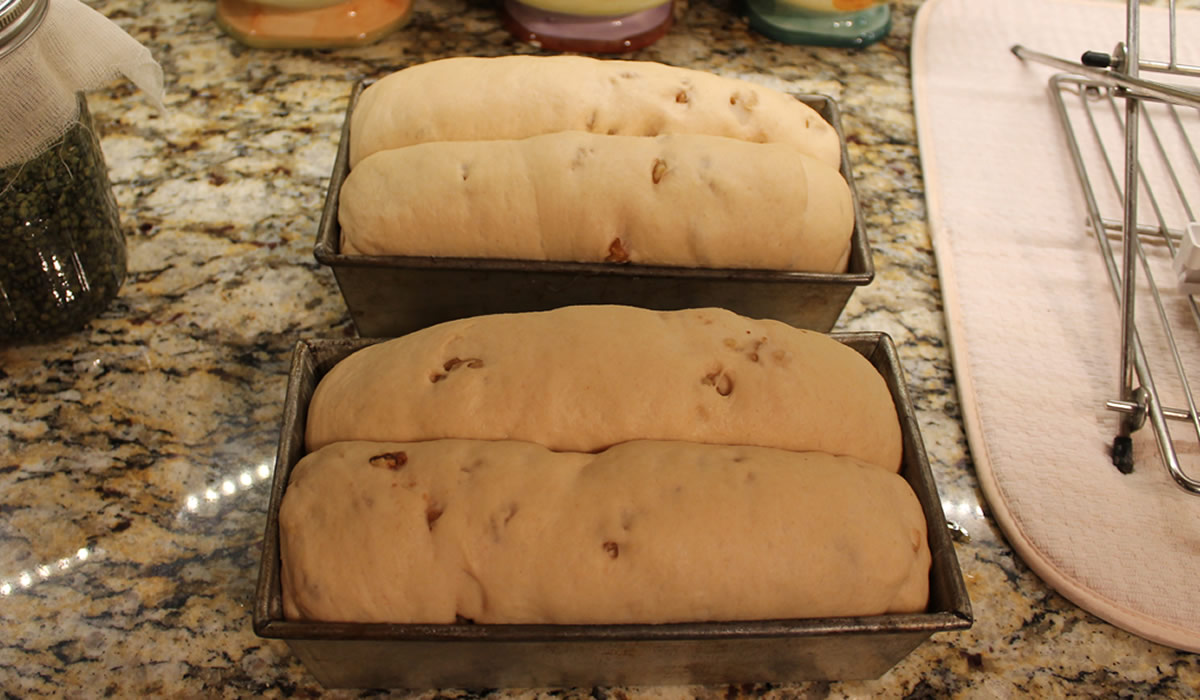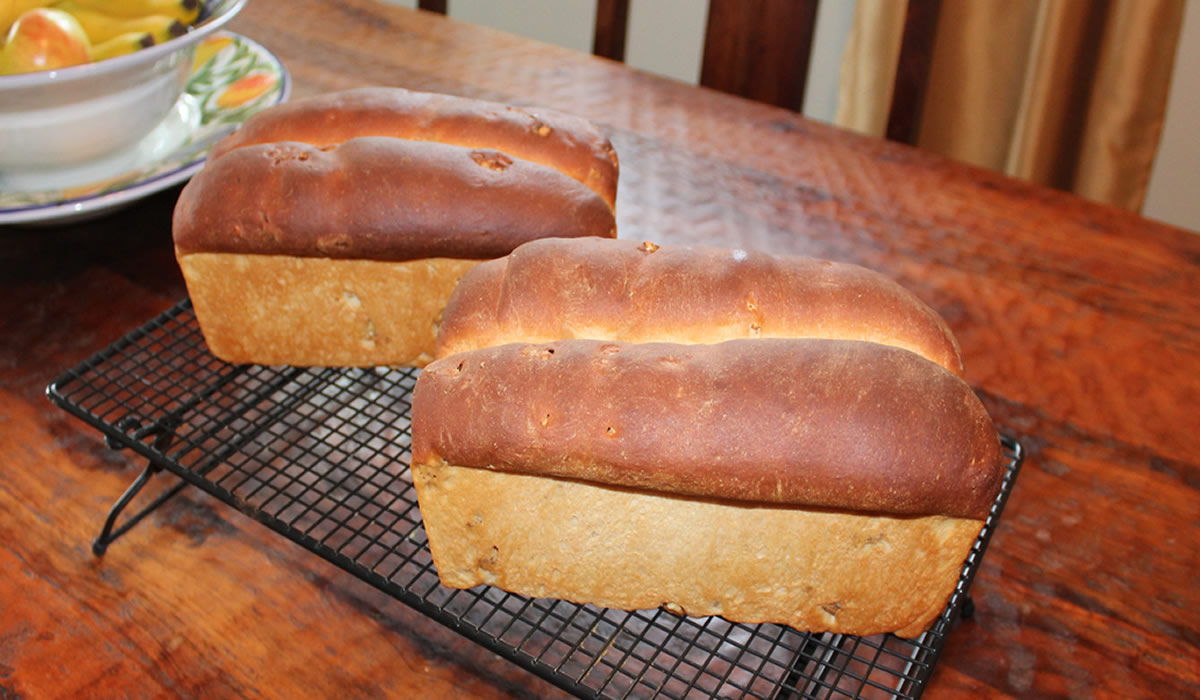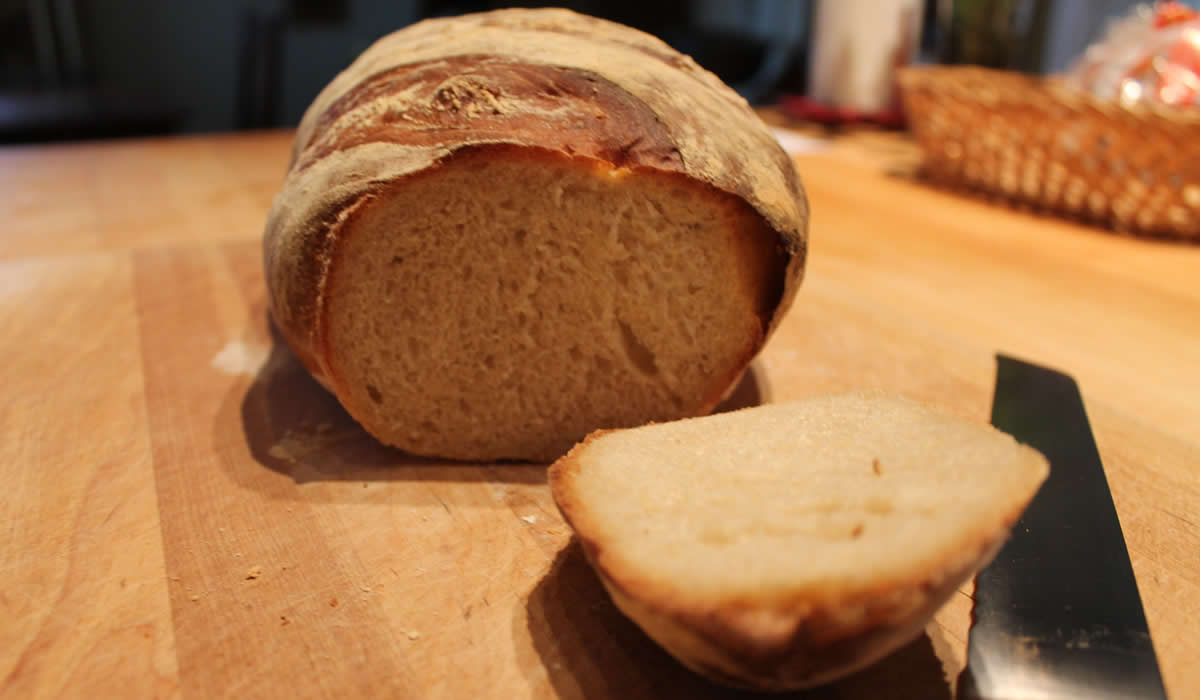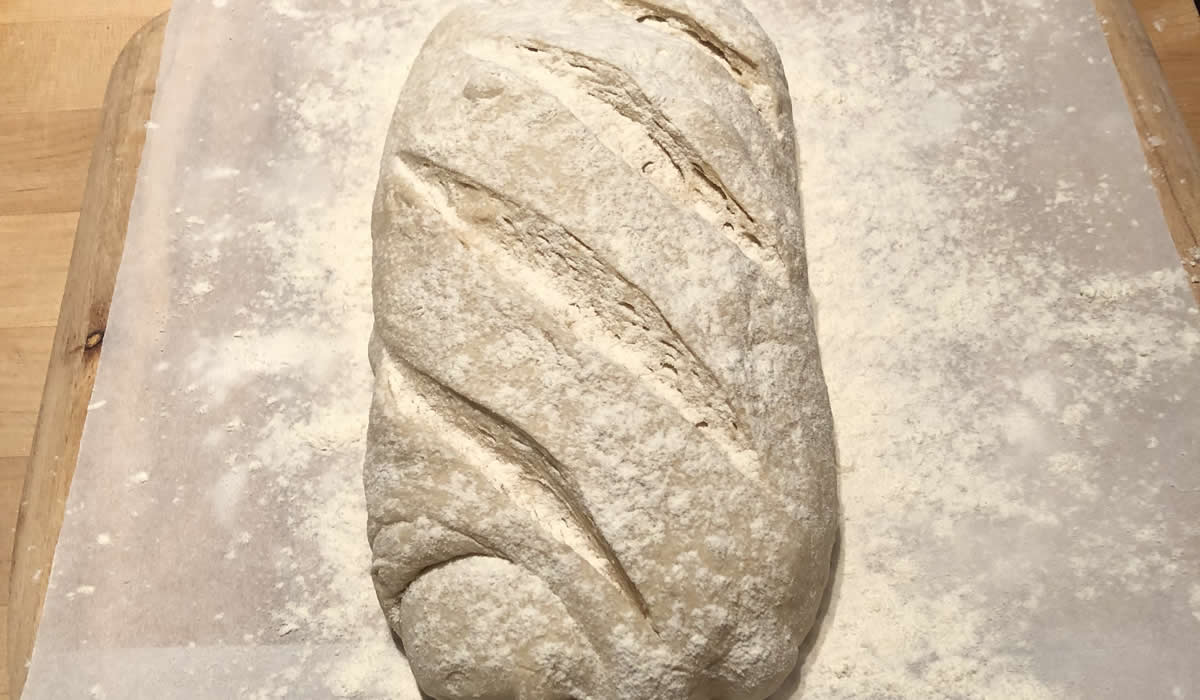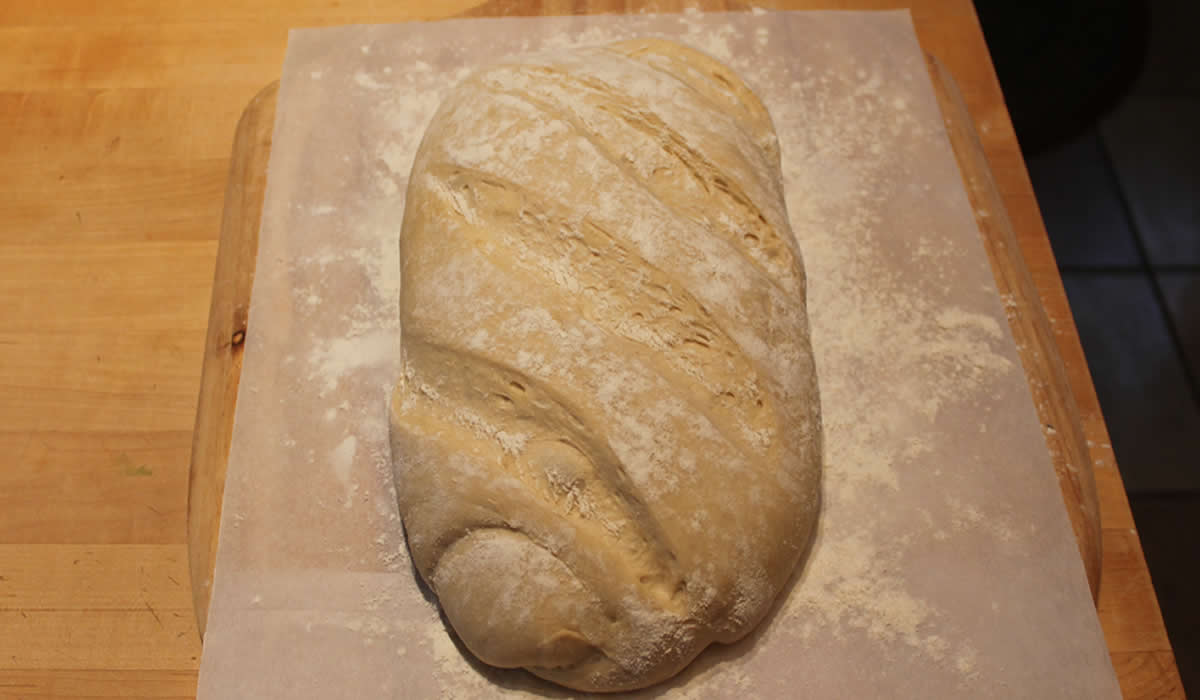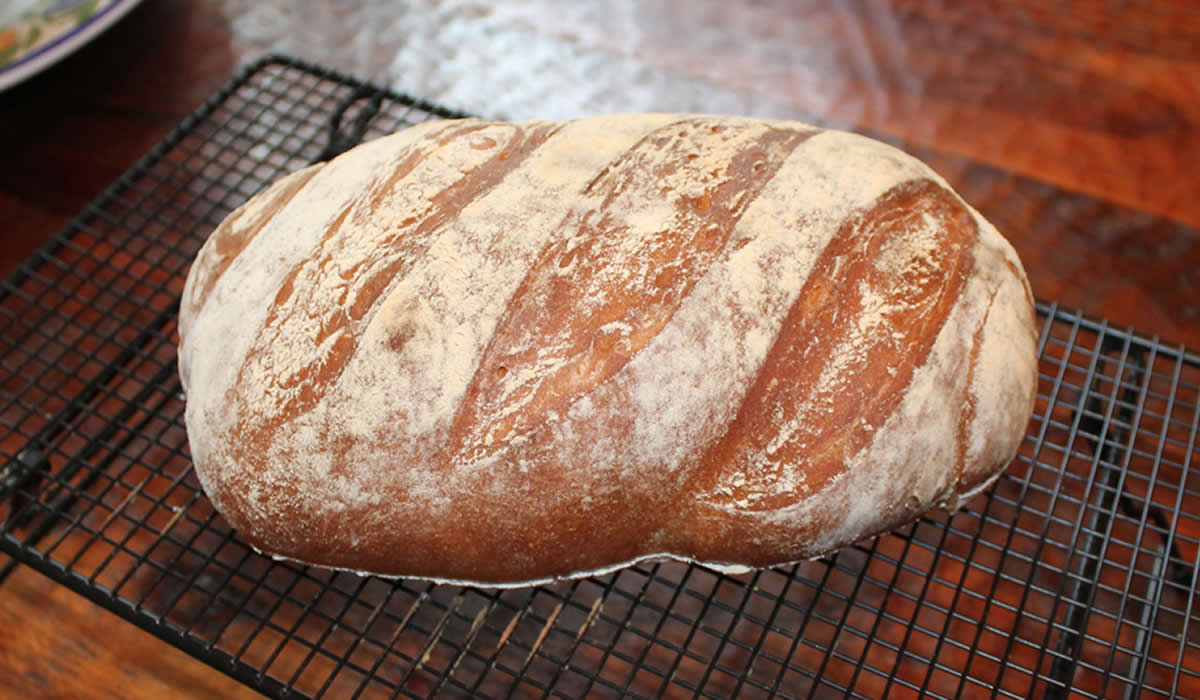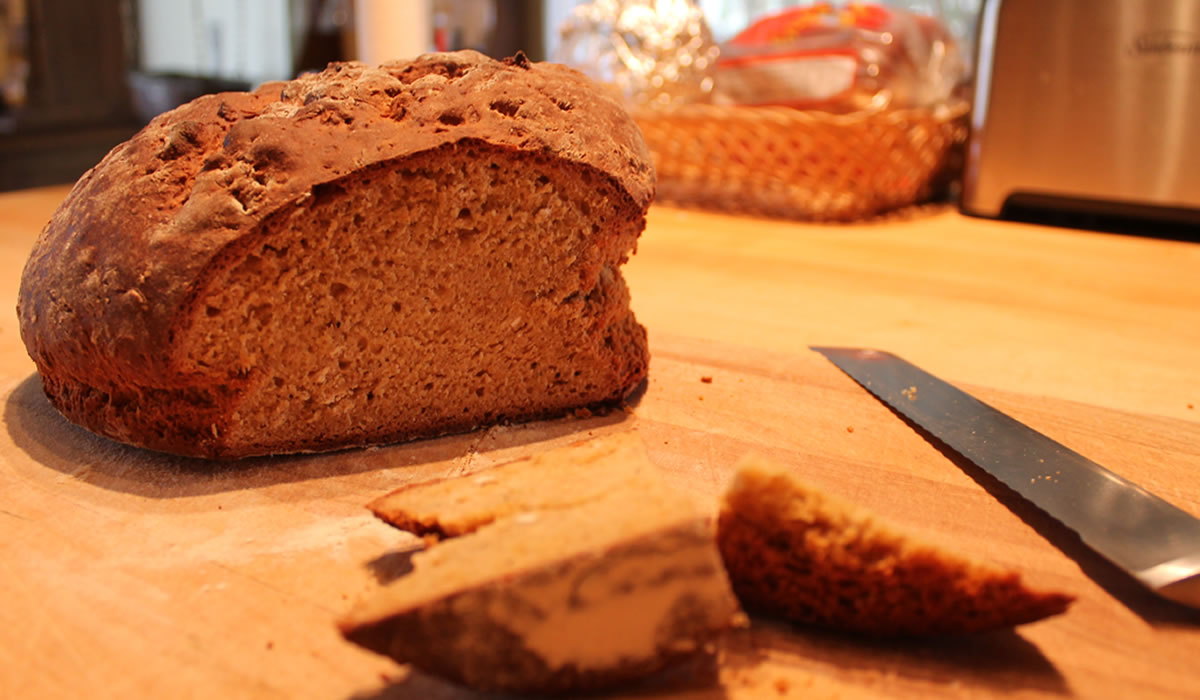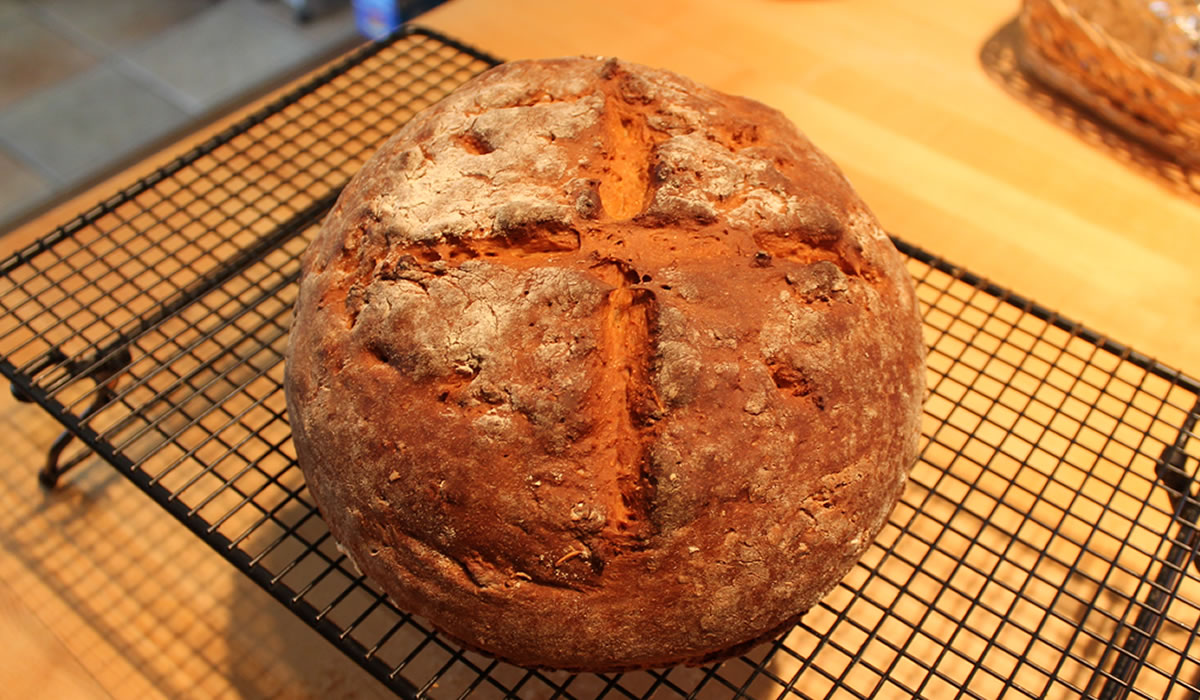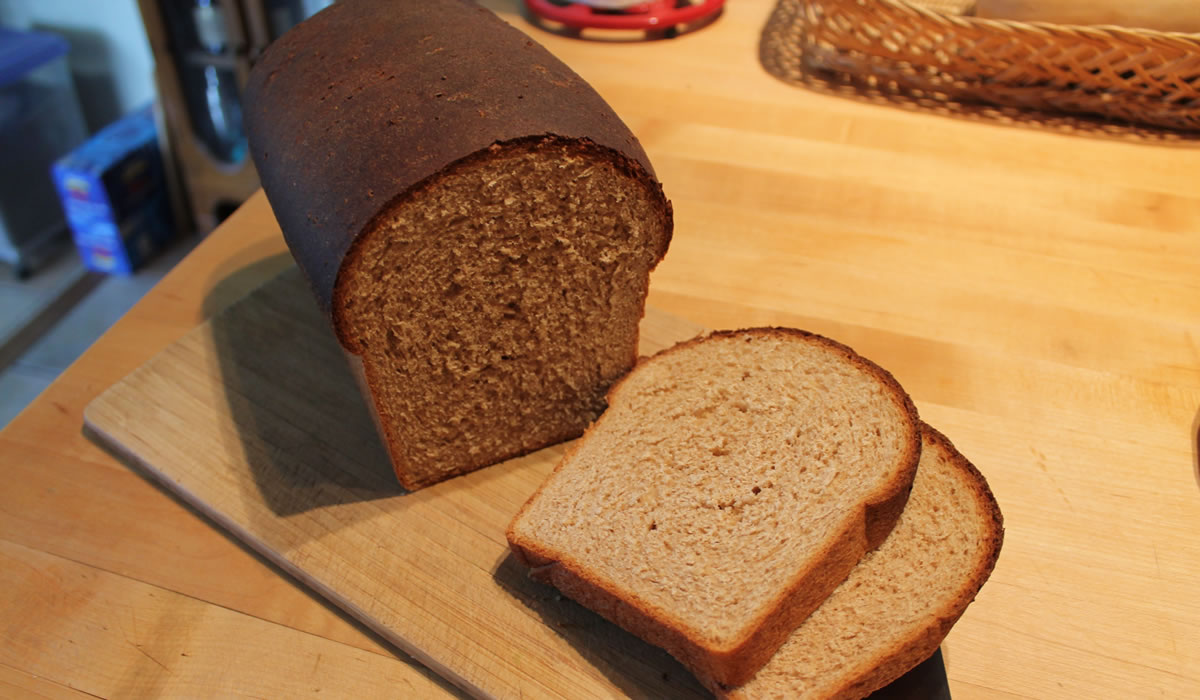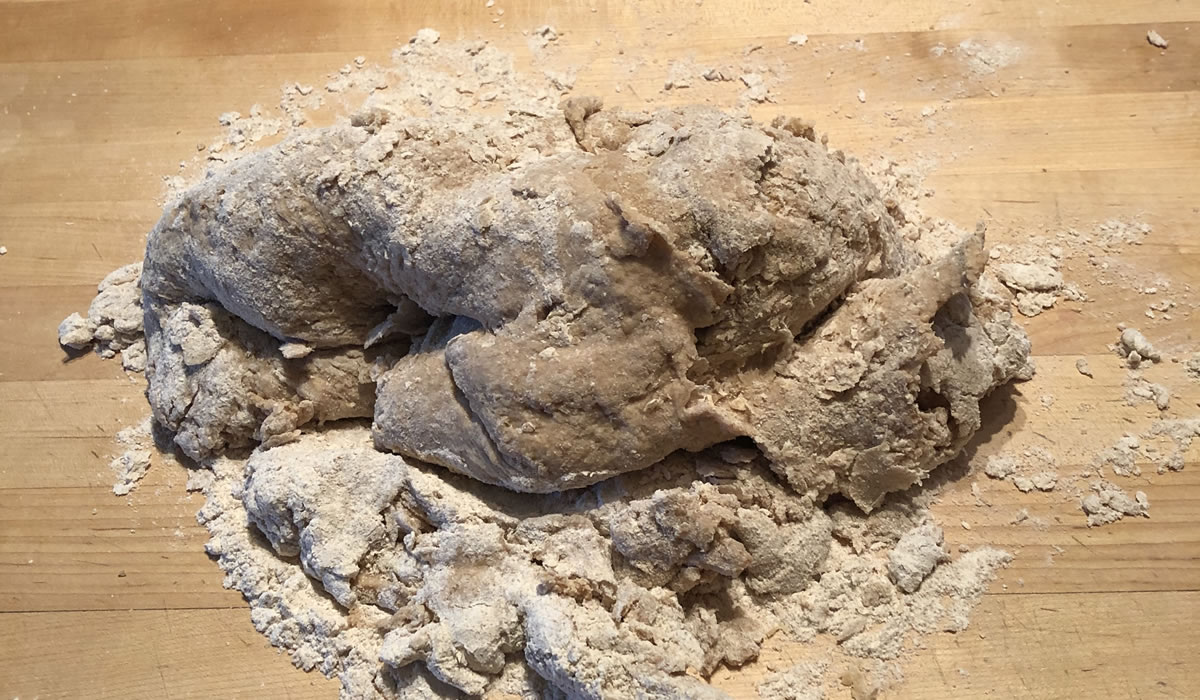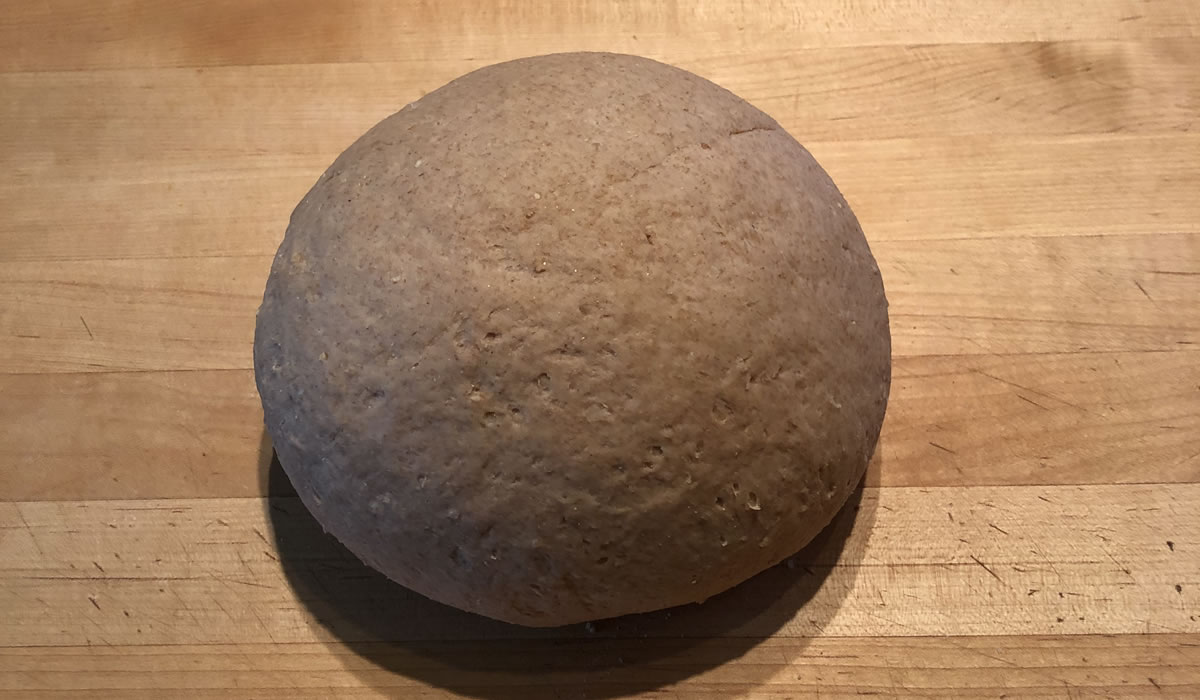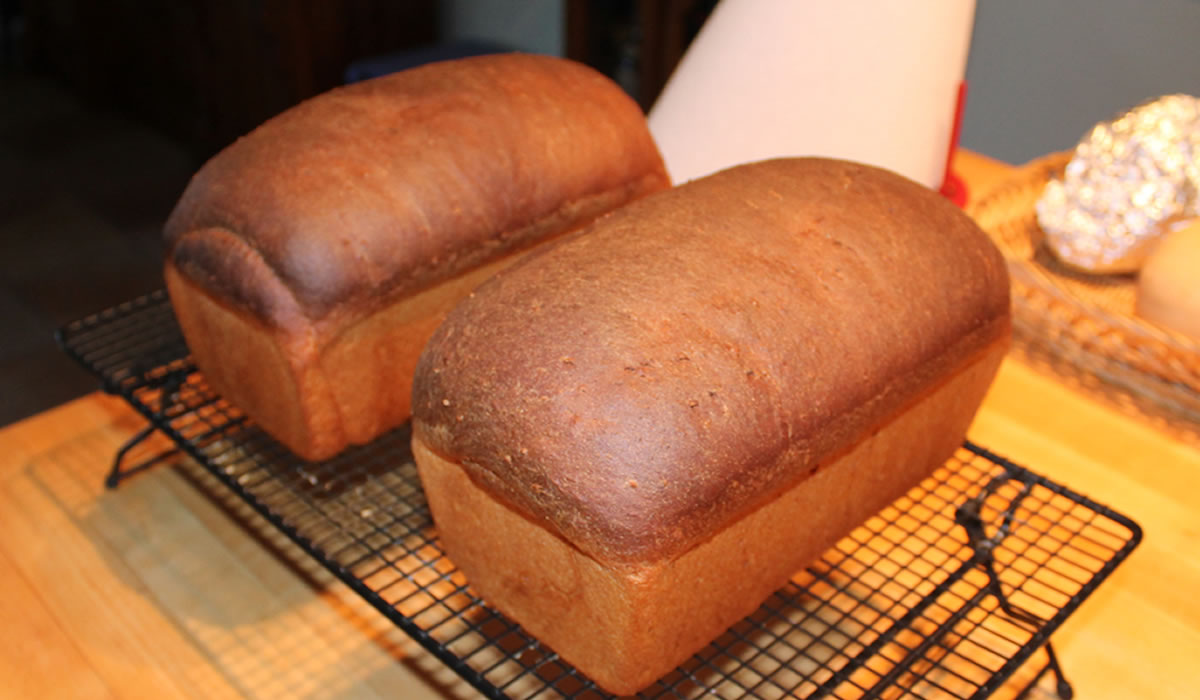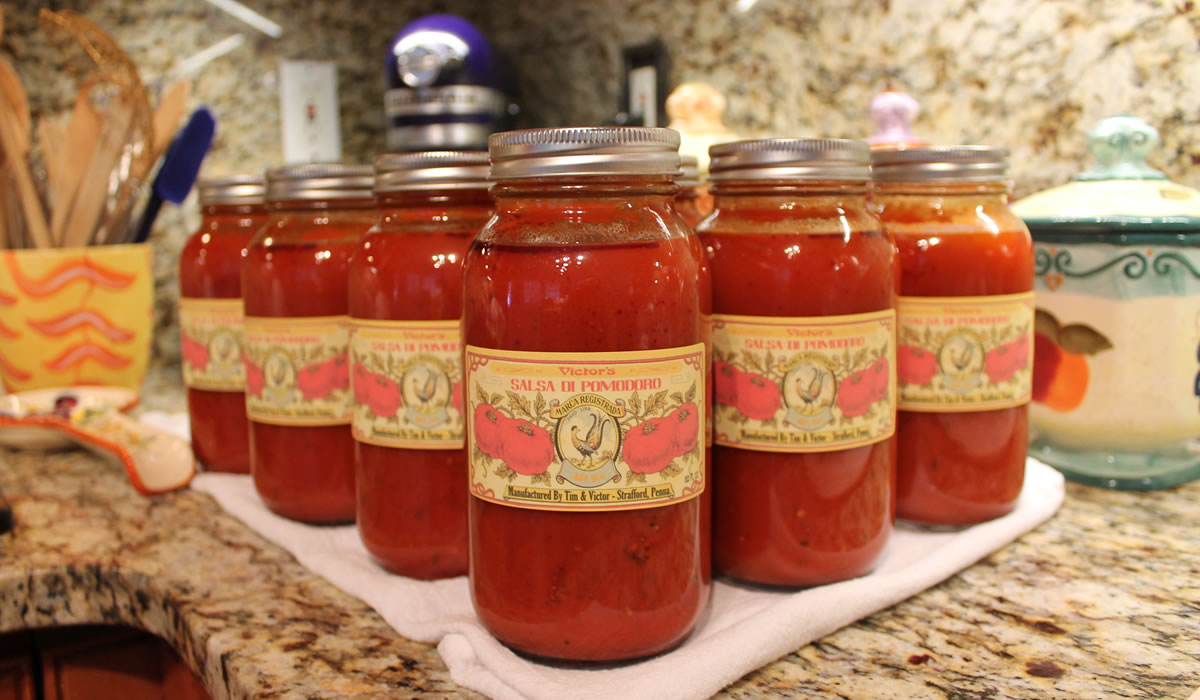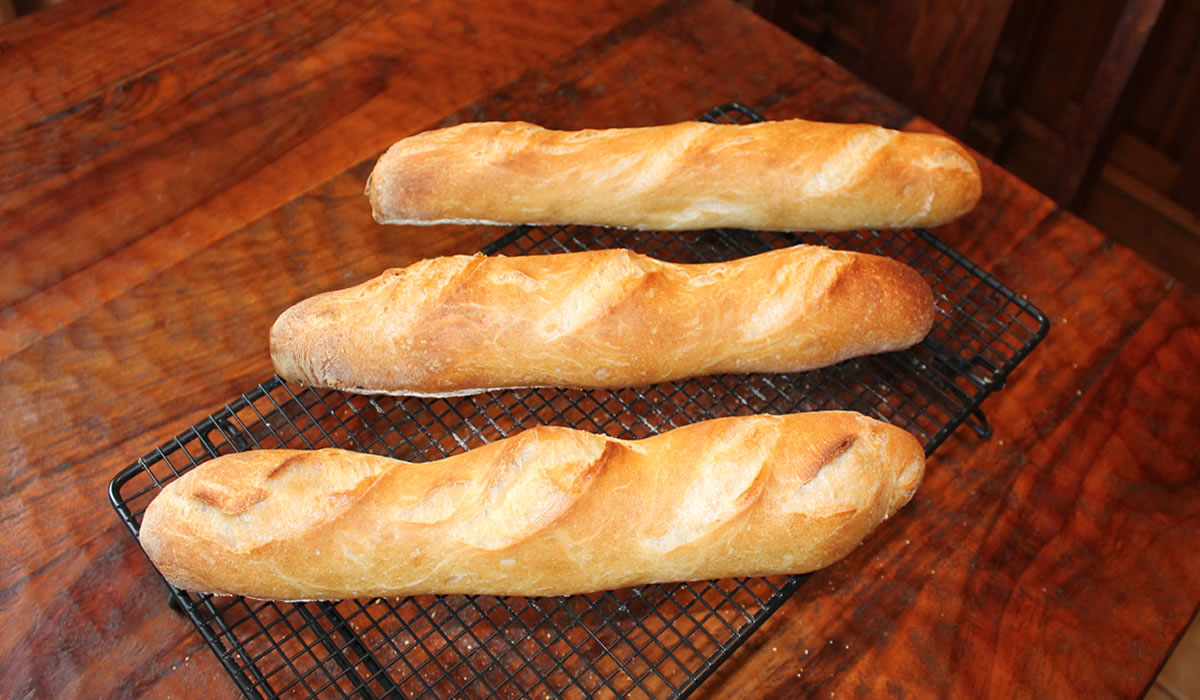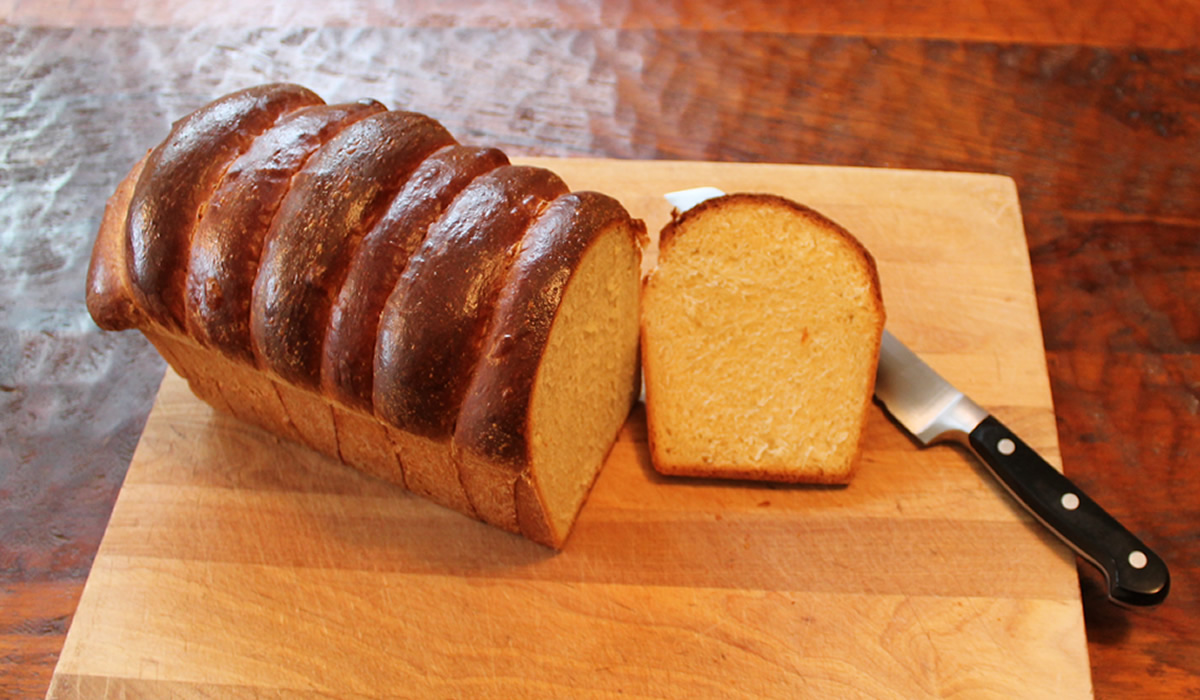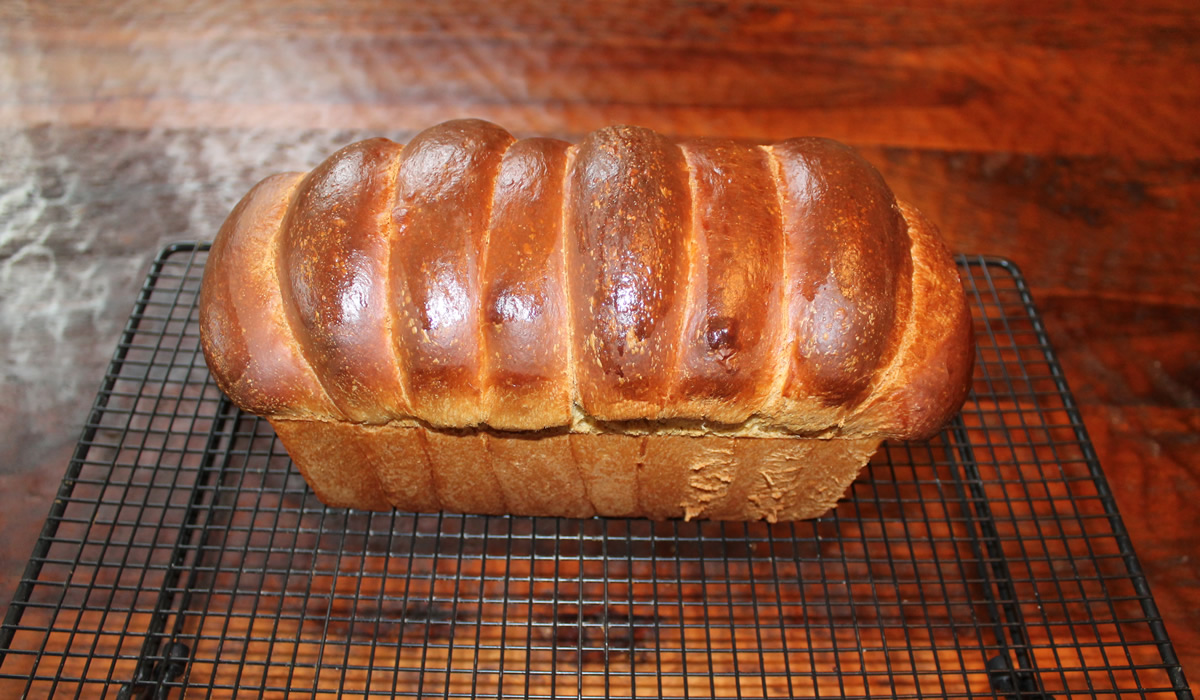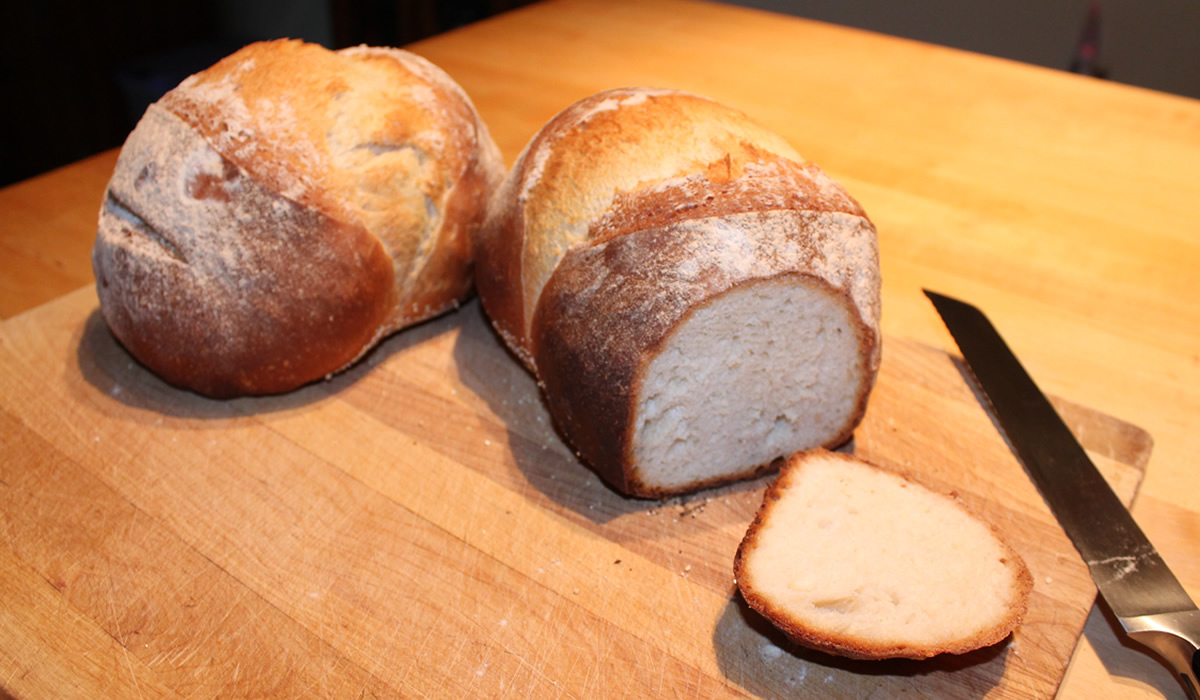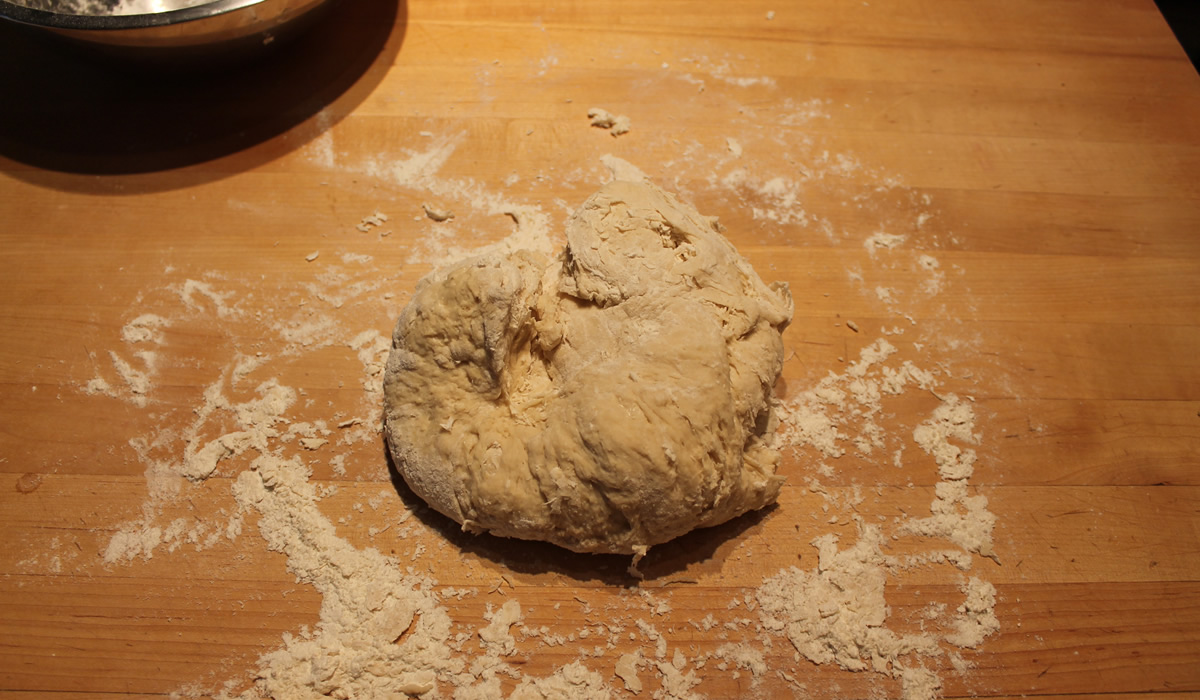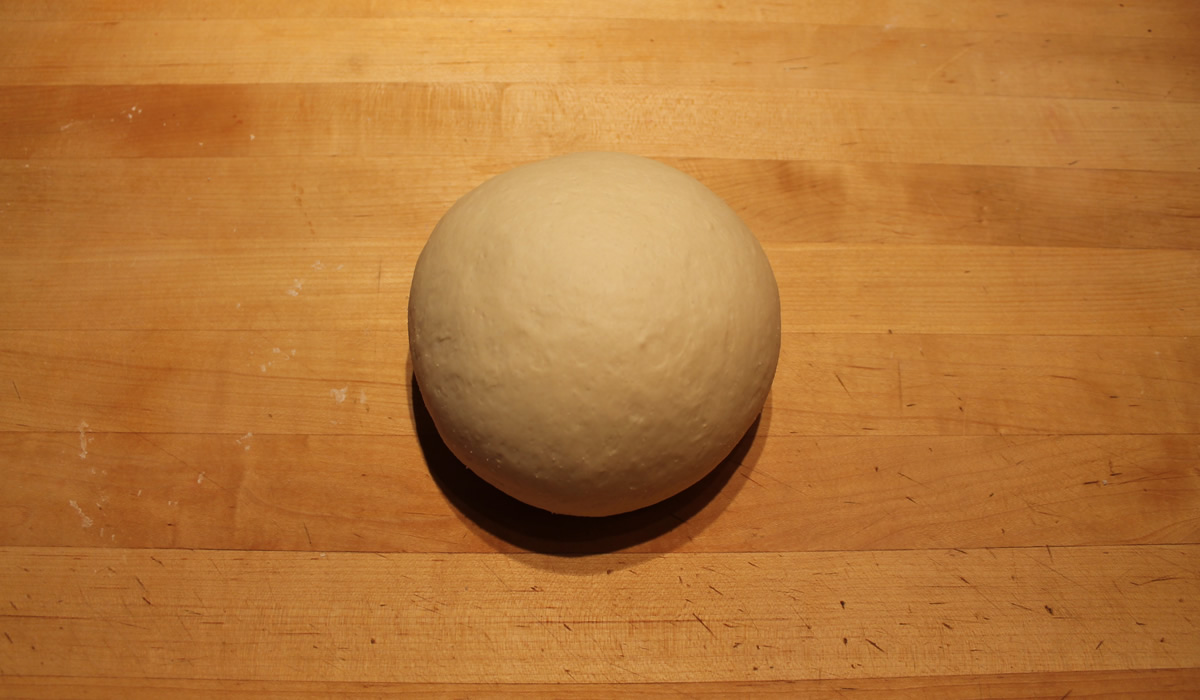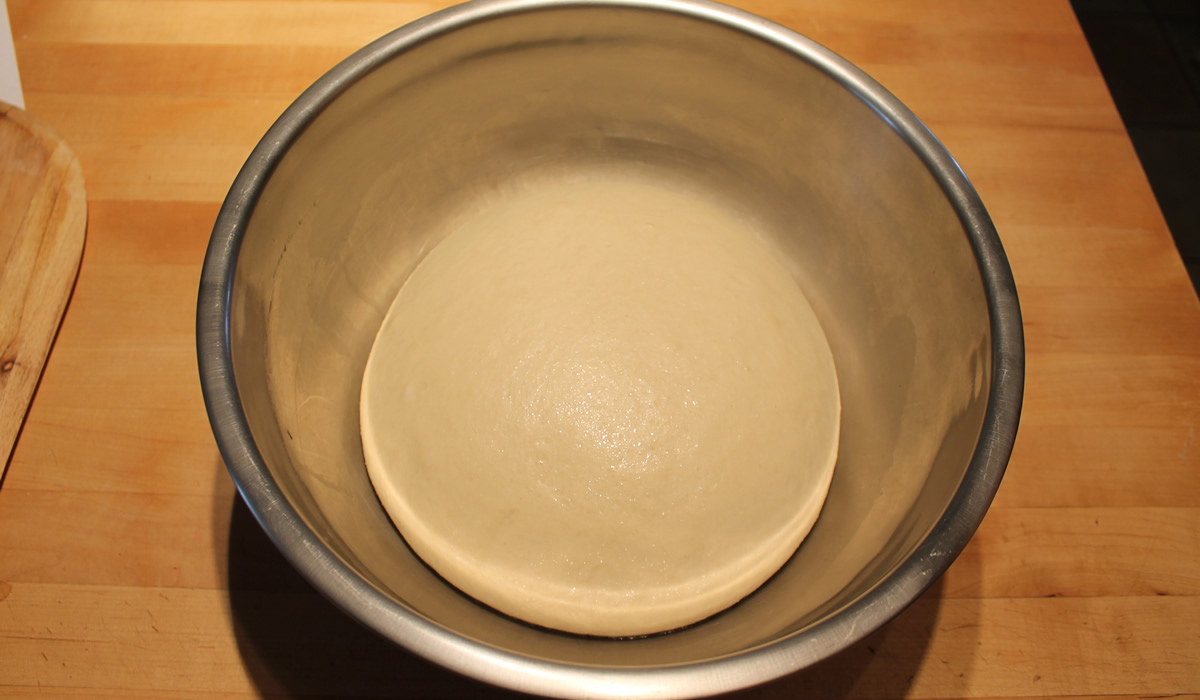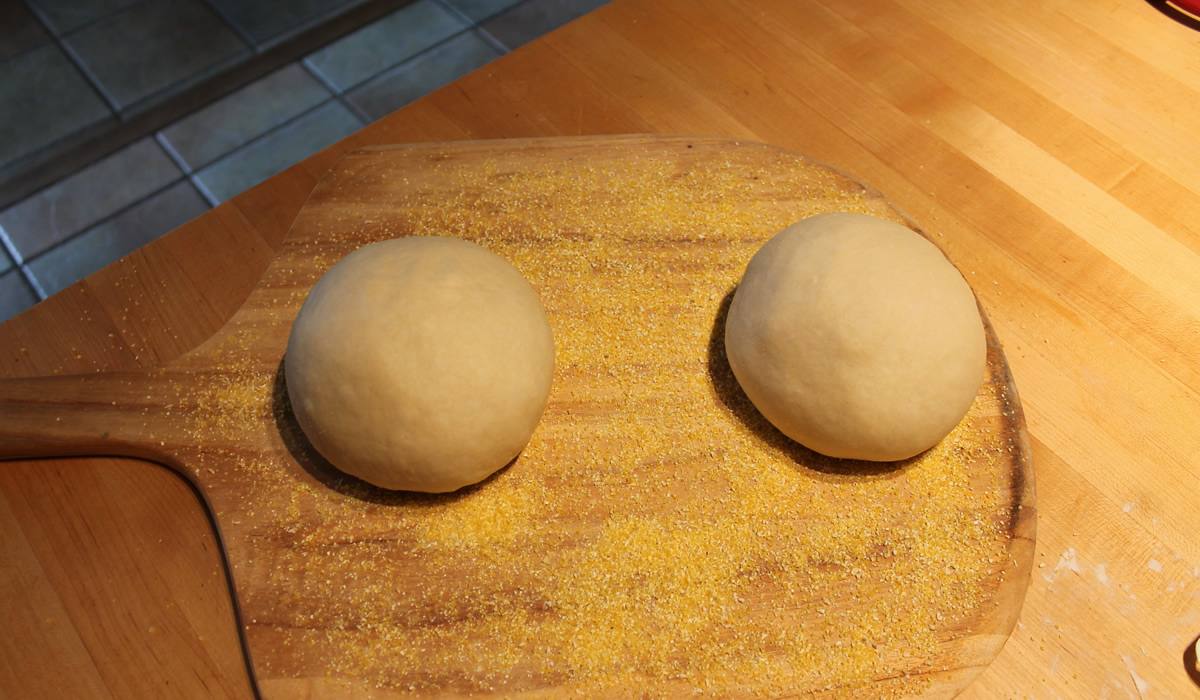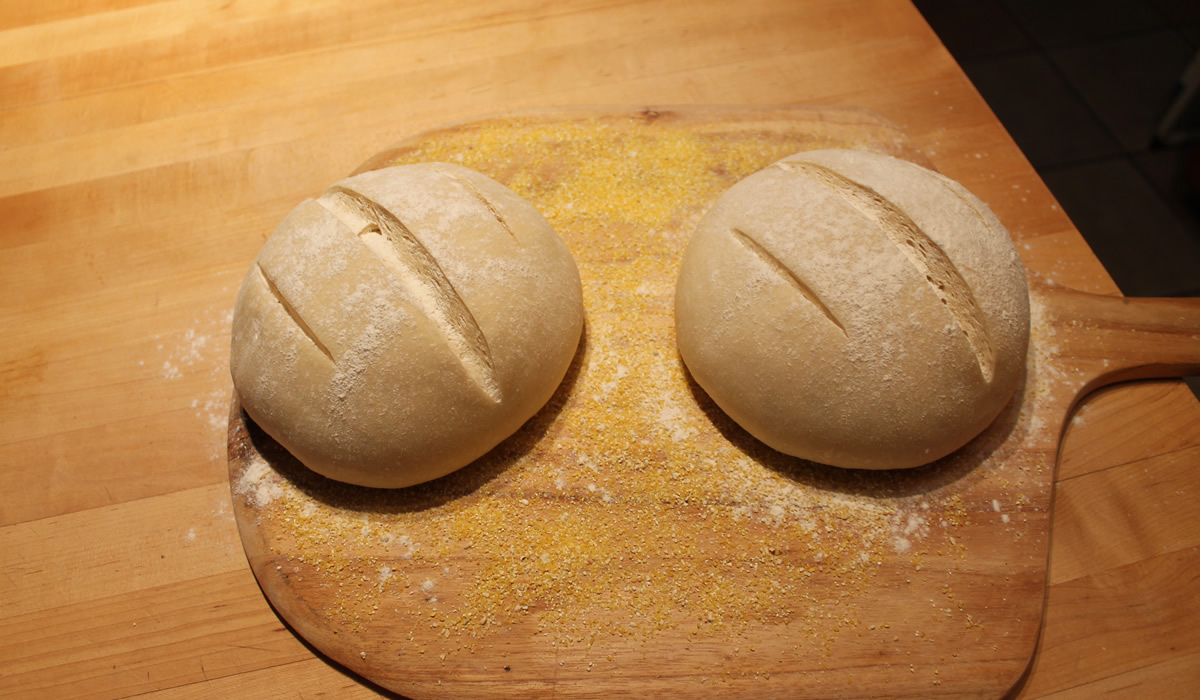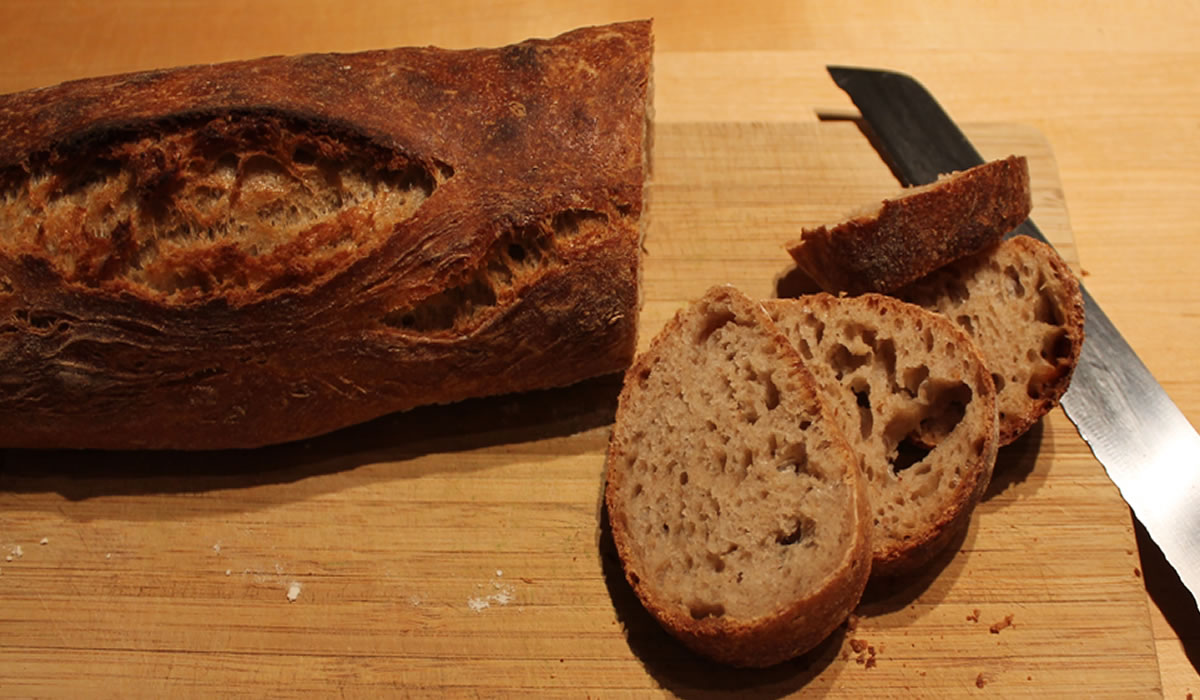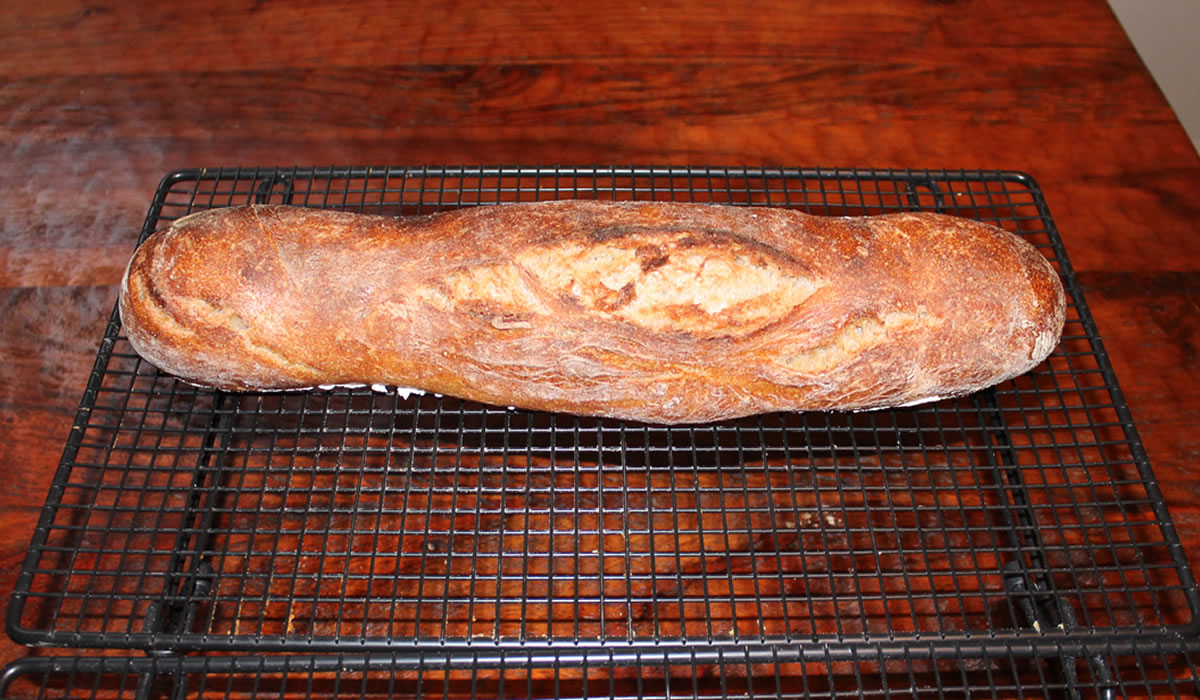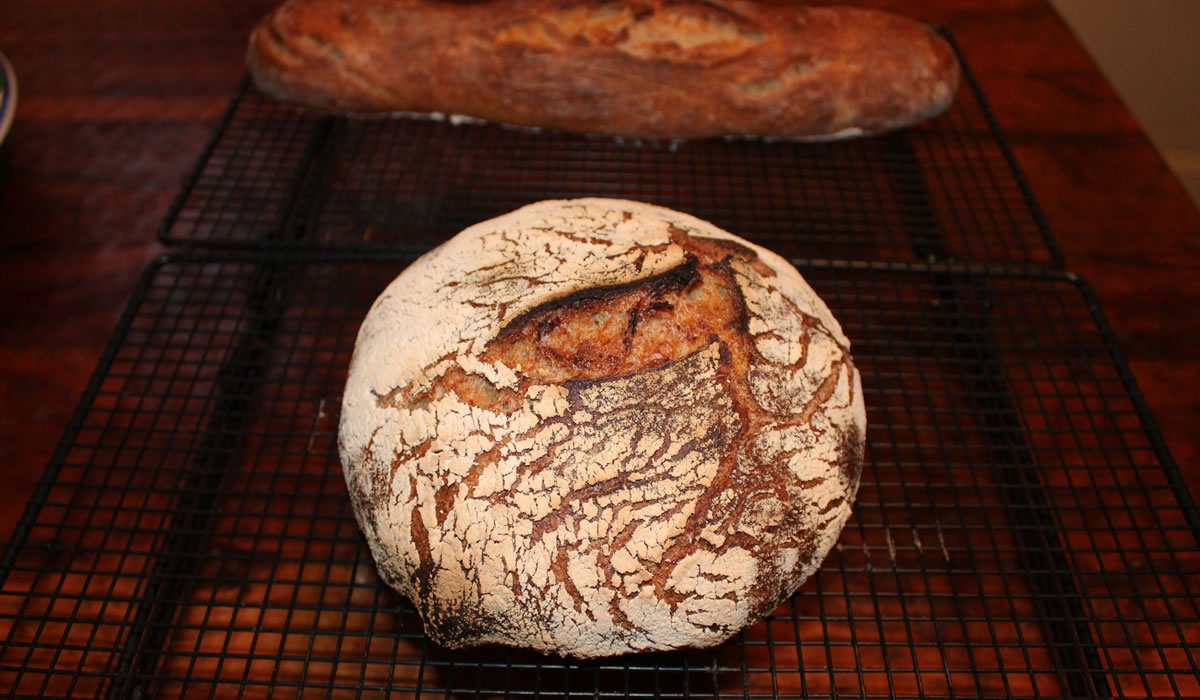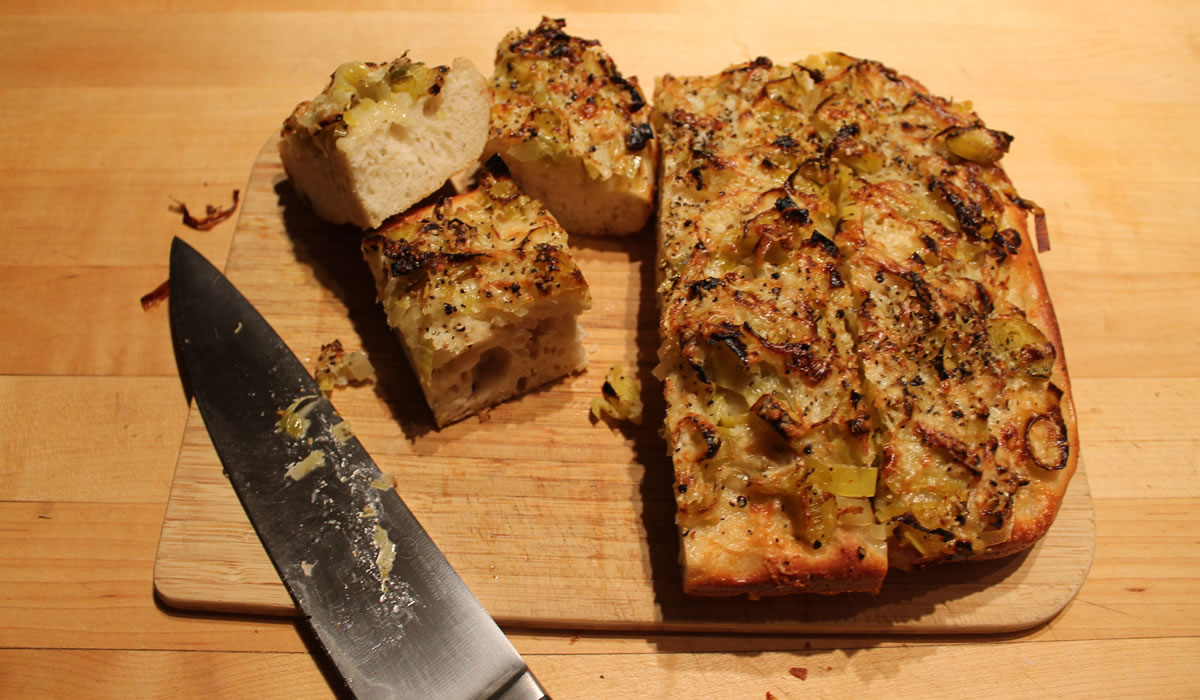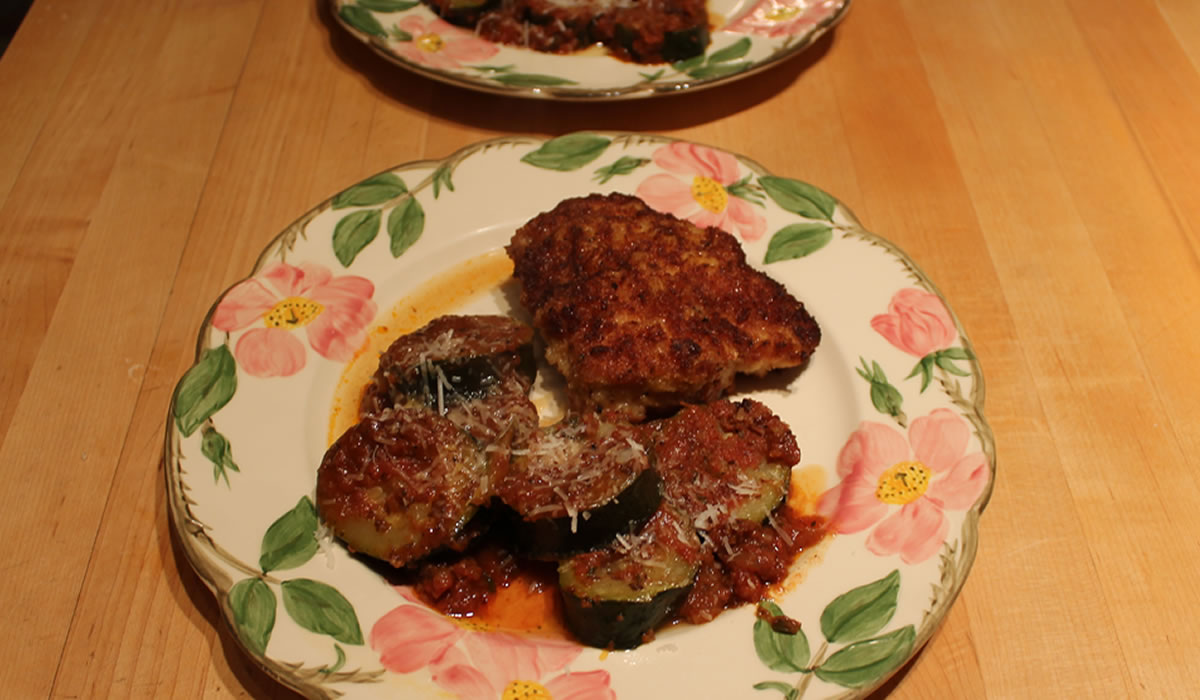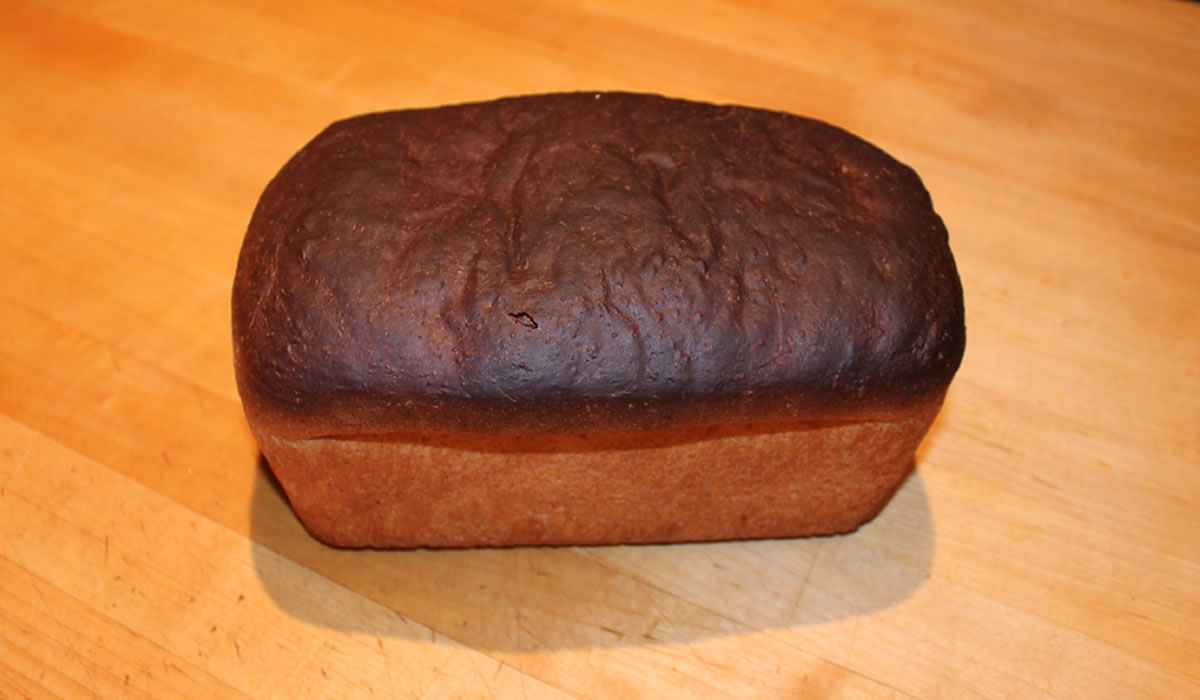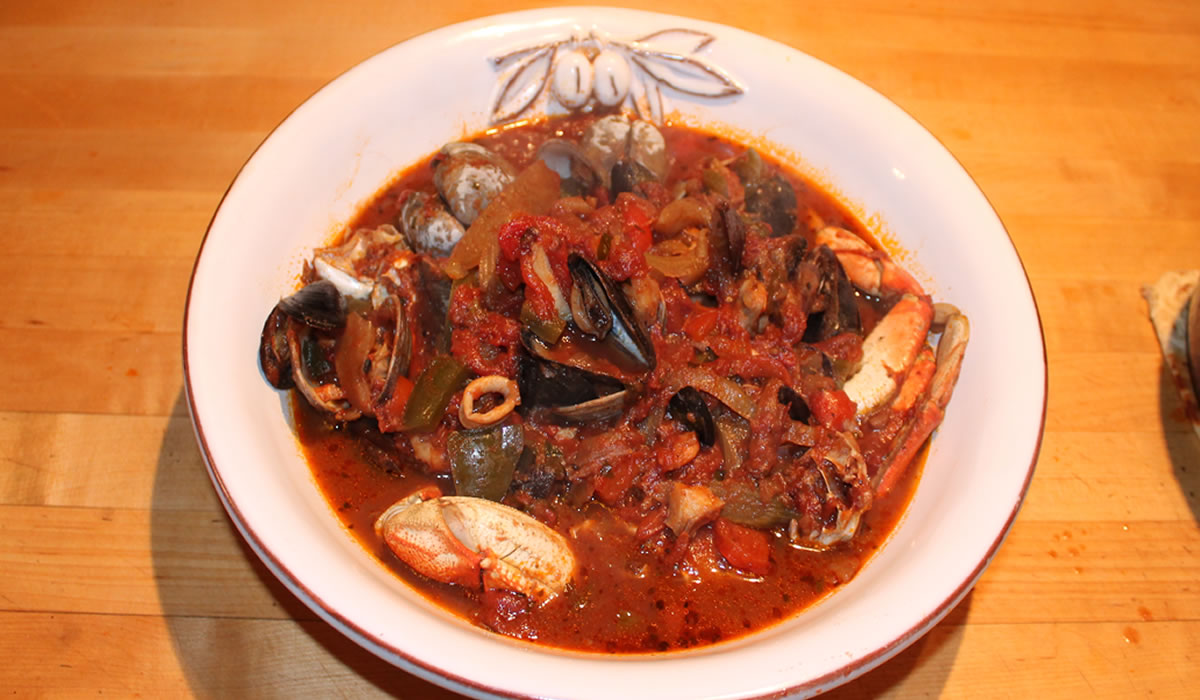The End of Week Forty-Four
Another grueling week at the gym. On Wednesday - after burpees and Bosu balance squats and other sweat-producing stuff - our Trainer said the next 15 minutes are going to be a bit intense.
And he was serious.
It was literal non-stop movement from jumping jacks to mountain climbs to push-ups to lord knows what else. Constant up down floor jump squat floor jump down up... It was like being back in boot camp except I am 47 years older. These are the whole body exercises that use every muscle - including the ones you didn't know you had until they start screaming in pain. None of them are difficult on their own; it's the fast-paced combination that totally exhausts me. Surprisingly, I was able to breathe better and it didn't totally kill me... and it was an excellent cardio. It was also the first time in a while that I was sore coming home.
Today, before we started, Victor was talking to the Trainer about the cycles upstairs and what they're good for. He had been on one for the first time on Thursday and kinda liked it. Charles said he'd show us.
OMFG.
Speed Sprint Resistance Standing Sitting Increase Decrease... In less than ten minutes I felt like I was on Day Twenty-One of the Tour de France - and hadn't stopped to pee. Another great cardio - and jello legs. This time I was having trouble catching my breath; I was doing something totally different and just didn't have the rhythm down. He took pity on us and brought us back downstairs for arm work. My formerly non-existent biceps are just a tad sore, right now.
On the other hand, I feel pretty darn good and there's not much he can throw at us that we're not afraid to try. It really is rather amazing what we've accomplished. I really am amazed.
Not to mention that we're eating well and maintaining our weight.
Amazed.
And speaking of amazed, we were both pretty amazed at how good dinner was, tonight. We did something totally different - and it worked!
My impulse-buy the other day at the grocery store was a pound of ground lamb. We didn't really need any meats or poultry since I'm working on getting things out of the freezer, but... you know how it is... I had no plans for it, so I did a quick Chef Google search and found a recipe for a spiced lamb burger on Epicurious.com. What was fun, was the lamb is seasoned, stuffed into a pita, and then grilled! Even better was I had all of the ingredients - except the pita.
I went to my Shaya cookbook and Alon had a recipe for pita. What was interesting, is he uses the same dough for his pizza as he does his pita - and his dough is a 2-day rise similar to mine. And I just happened to have a pound of dough in the freezer.
I made pitas.
They're actually really easy to make, but they're also really easy to buy. If you want to make it, just do a google search for instructions.
The lamb filling was excellent! Super easy and really flavorful. And it cooked perfectly on the grill in less than ten minutes. You'll note that Blanche got her own lamb burger sans onions and spices. Yes, she's spoiled.
Spiced Lamb Pitas
- 12 oz ground lamb
- 1 small onion, very finely chopped
- 1/2 cup chopped fresh flat-leaf parsley
- 1/2 tbsp ground coriander
- 1/2 tsp ground cumin
- 1/4 tsp ground cinnamon
- 2 teaspoons kosher salt
- 1 teaspoon freshly ground black pepper
- 2 tbsp cup olive oil, plus more for grilling
- 2 large pita breads with pockets
Mix lamb, onion, parsley, coriander, cumin, cinnamon, salt, pepper, and oil in a large bowl. Cover and chill at least 1 hour.
Prepare grill for medium heat and oil grate. Working one at a time, open each pita pocket by cutting along seam, halfway around perimeter. Spoon filling into pitas, spreading to edges. Close, pressing on filling to seal.
Grill pitas until filling is cooked through and bread is crisp, about 5 minutes per side.
Serve with tzatziki sauce.
I made a quick tzatziki with yogurt, cucumber, garlic, green onion, dill, and lemon juice.
They were crispy, pleasantly greasy, bursting with flavor, and the tzatziki really worked well with it.
I think the possibilities, here, are endless... You could go any nationality or ethnic group and have a lot of fun playing with flavors. I'm thinking ground pork with Mexican spices topped with guacamole... Or an Italian-theme...
I took the rest of the dough and wrapped it around hot Italian sausages. They're in the 'fridge for dinner tomorrow night.
Fun summertime fare.
Cheeseburgers in Paradise
I have been craving a cheeseburger ever since the weather started turning warm. They've always been one of my favorite foods - and a few of my cheeseburger creations are legendary. More than a couple of them would make Dagwood Bumstead proud.
But... Cheeseburgers and fries are not a part of the daily food regime, anymore, so a cheeseburger needs a bit of a justification. My justification was it's Tuesday. To make it even more justifiable, I decided on making homemade buns!
Our friend, Susan, had given us some of her sourdough starter and some fresh Lebanese yeast, so I made a sourdough bun loosely based on a Martha Stewart Crusty Roll recipe.
The roll was the perfect foil for a greasy burger - it stayed intact where a typical bun would have fallen apart.
I buy 80/20 ground beef - it's less expensive and isn't dry, flavorless, and rubbery like the lean stuff being touted as healthier. And don't even get me started on ground turkey... I made the rolls with a 60/40 blend of sprouted whole wheat and bread flour - and at 3 ounces a piece - fit right into our dietary regime.
I added slices of brie, tomato, and fried hot peppers. No other condiments - it didn't need any.
A few mini potatoes boiled and then flattened and fried finished off the plate.
I never picked up a knife or fork. Things started getting messy with the first bite and I went with it. Greasy fingers held onto the bun and greasy fingers picked up the little potatoes.
It was total perfection.
Whole Wheat Walnut Bread
I'm always looking for another loaf of bread to bake and usually stop by my Mom's old cookbooks to see what she had collected. She really did love her baking - especially desserts. The ooier and gooier, the better.
She was no slouch in the bread department, though, and without benefit of a Kitchen Aid mixer, did all her kneading by hand. Me?!? I use the mixer most of the time...
The bread is really good - great crumb, great crust, just soft enough and just enough structure. The little bits of walnut add a fun element - a nice crunch in an otherwise soft world...
My only changes to the recipe were to use butter instead of margarine, sprouted whole wheat flour, and white bread flour.
Place in greased bowl; turn to grease top.
Let rise until doubled in bulk.
Punch down.
Knead in nuts.
Divide into four equal pieces.
Shape into loaves. Place two rolls side by side.
Let rise until doubled.
Bake.
A definite keeper.
Pan Rustico
We've found a new fun food show on BritBox - The Hairy Bikers. These guys are hysterical - and they actually can cook and bake! One of the great things about them is they take it serious - but don't take it serious. It's definitely my approach and attitude towards food - have fun with it.
They had one series that was their Bakeation - where they traveled around Europe baking different regional items. They would locate someone who was known for the item, join them in their kitchen, and make it. It made for some fun TV.
I plan to make several of their recipes and decided to start with a rustic Spanish bread - Pan Rustica - made with a starter.
I made the dough in the mixer because it was a timing thing - I made the dough after we got back from the gym and before we took off to the dump to get rid of a truckload of branches and trimmings from the yard. One of those multi-tasking things so the dough would be ready when we got back.
It's a fairly loose dough, so kneading by hand would be a lot more time-consuming.
Pan Rustica
From The Hairy Bikers
Ingredients
For the starter dough
- 150ml/5fl oz warm water
- 1 tsp caster sugar
- 3 tsp fast-action dried yeast
- 125g/4½oz white bread flour
For the bread dough
- 200ml/7fl oz warm water
- 1 tsp caster sugar
- 1 tsp fast-action dried yeast
- 225g/8oz white bread flour, plus extra for dusting
- 100g/3½oz whole wheat bread flour
- 1 tsp salt
- 1 tbsp olive oil, plus extra for greasing
Method
For the starter, pour the water into a medium bowl and stir in the sugar. Lightly stir in the yeast and leave in a warm place for about 10 minutes or until a beige foam floats on the surface. Stir in the flour to make a thick paste, then cover with cling film and leave at room temperature for 24 hours. At the end of the 24 hours the paste will smell yeasty and slightly fermented – a bit like beer.
For the bread dough, pour the water into a jug and stir in the sugar. Lightly stir in the yeast and leave in a warm place for about 10 minutes or until a beige foam floats on the surface.
Stir the flours and salt together in a large bowl, then make a well in the center and add the yeast and water mixture, the starter dough and the oil.
Mix with a wooden spoon and then with your hands until the mixture comes together and forms a slightly lumpy and sticky dough. If the dough feels a little dry, add another tablespoon or two of water.
Transfer the dough to a work surface and knead for a good 10 minutes until it’s smooth and elastic. As you knead, push the dough away from you with the heel of your hand to stretch it as long as possible, then fold it back towards you. This will help strengthen the flour and trap air bubbles inside the loaf. Resist the temptation to add too much extra flour as it could make the dough dry. You should feel the dough change in texture as you work, so don’t be afraid to be fairly robust with your stretching and folding. Put the dough in an oiled mixing bowl, cover it loosely with oiled cling film and leave it to rise for about an hour or until it has doubled in size.
Line a baking tray with parchment and dust with flour.
Loosen the dough with a spatula and tip it on to the baking tray. Stretch the dough very gently until it’s about 30cm/12in long, then fold it in half and stretch again. Do the same thing twice more. This should help to give the dough a more holey texture.
After the third stretch, shape the dough into a long loaf shape and slash the top a few times with a sharp knife.
Dust with a little flour and leave to prove in a warm place for 45–60 minutes or until it has risen again and feels light and puffy.
Preheat the oven to 240C°/450F°.
Bake the loaf for 20–25 minutes or until golden-brown and crusty. The base should sound hollow when tapped. Cool on a wire rack.
It's amazing how many variations one can get from flour, water, salt, and yeast. And this really is one of my favorite kinds of bread - simple, but with tons of flavor! The crumb is soft and the crust is slightly chewy.
The perfect loaf.
I think next up will be a loaf of rye bread from Norway.
Stay tuned.
Soda Bread with Cayenne
Happy Saint Patrick's Day. Or... Lá Fhéile Pádraig sona as they say in Munster...
My plan for the day was to make my Beef Braised in Guinness for dinner. Victor's still not much of a cooked cabbage person, so there's no real reason to cook it just for myself. Besides... I like the Beef in Guinness!
I then thought of making a soda bread. I have a recipe I've used for years, but thought something new might be fun. I went to an Irish newspaper - The Irish Examiner - to see if there was anything promising. I'm glad I took the time to search!
I found a recipe - Honey and Oat Loaf with Cayenne - that sounded so different I knew I had found today's bread!
Honey and Oat Loaf with Cayenne
adapted from the Irish Examiner
Ingredients:
- 250g of brown flour
- 250g of plain flour
- 1 tsp of bread soda
- 1 tsp of cayenne pepper
- ½ tsp of cracked black pepper
- 1 tsp of sea salt
- 4 tsp of honey
- 420mls of buttermilk
- 20g of porridge oats
Method
Heat your oven to 200 degrees. Mix the flours with the bread soda, both peppers and salt in a large bowl. Mix until they are completely combined.
Make a well in the centre of the dry ingredients and add the honey and buttermilk. Bring everything together with your hands. Add in the oats and kneed them into the dough. Form a neat ball.
Turn the dough onto a floured baking tray and pat into the shape of a round loaf. Cut a cross in the top of the loaf and if you want to let the fairies out, prick each quarter with the knife.
Bake for about 40 minutes until it is golden on top and hollow sounding when you tap the base.
I have made many loaves of soda bread in my time, with varying degrees of success. Some have been too dry and crumbly, others a bit dense. Others, still have been more cake-like than bread.
This one is bread. Real, honest bread. Bread with a bit of a kick you don't notice right away - it sneaks up on you and then lingers gently on the tongue. A soda bread with all of the qualities and characteristics of a yeast bread.
I can see more of this happening - and not just on March 17th!
Double Wheat Whole Wheat Bread
We don't buy a lot of bread - especially in the winter. It's too easy - and too good - to just bake it. I have a few recipes that I make over-and-over, but, before I bake a new loaf, I almost always look to see what recipes I have that I haven't made in a while.
I popped over to My Mom's Cookbook site and found a recipe I haven't made in years - a whole wheat bread that is both light and substantial.
It's a rather easy recipe that even a novice baker could accomplish but it's also a hearty recipe if you want to do the entire thing by hand like I did. I have gotten a bit too comfortable with my mixer. I've been doing more breads by hand, lately - and with excellent results.
The only changes I made with the recipe was using 4 cups of whole wheat flour and a cup of sprouted whole wheat. I also used 3 cups of bread flour - not all-purpose.
It came out great. Bake some - you'll be glad you did.
Valentine's Day
On our first Valentine's Day, I think I got Victor something like 20 pounds of chocolates - and he pretty much did the same to me. See's Tuxedo Hearts, little stuffed animals... roses for days... all became the norm. We've done goofy, we've done silly, we've sent flowers to our places of work... Romantic dinners... We have run the gamut.
After 25 years of celebrating Valentine's Day together, spending it in the kitchen with each other is a lot more fun than boxes of candy or anything else.
The day started out with Victor making a batch of pasta sauce. We were down to one jar - the last one made from our summer tomatoes - and we both start getting nervous when there's no sauce in the house. I picked up a case of San Marzano tomatoes and he went to town. This is something we now have down to a science. He makes the sauce and I can it. Putting up 14 or more quarts of sauce can either be a chore or it can be fun. We make labels and make it fun.
Here's the scaled-down version - we generally do this times six.
Victor's Pasta Sauce
- 2 – 28oz cans of crushed tomatoes
- 1 – Sm can tomato paste
- 1-2 cloves of garlic (or to taste if you like more) chopped fine
- Olive oil
- Dried Italian seasonings
- freshly-dried Oregano
- Hot red pepper flakes (a tsp or more or less to taste)
- Salt and Pepper to taste
- Red wine (always cook with a decent wine, never “cooking” wine) about a cup or cup and a half
- Meat – such as Italian sausage or some nice beef or pork ribs or pork chops
Ok…I ALWAYS make my sauce with meat, so start with a deep, heavy pot and add about 3-4 TBS of olive oil. On high heat, once the oil is hot, start frying the sausage or pork, Let the meat get good and caramelized although you don’t have to cook it all the way through because you’ll add it back to the sauce to finish. Once the meat is browned take it out of the pot, put it on a plate and set aside.
Lower the heat to medium and sauté the tomato paste for a couple of minutes until it begins to “melt”. Add the chopped garlic and sauté with the tomato paste for just a minute (no longer or it will burn). Then add about a cup of the red wine and deglaze the pan with it, scrapping up all the good bits that stuck to the bottom when cooking the meat.
When the wine reduces by about ½ start adding the canned tomatoes. Add one can of hot water for every can of tomatoes you use.
Now start adding the dried Italian seasonings. I eyeball it but I would guess a good 2 TBS is fine. Add about another ½ cup of red wine, with red pepper flakes, salt and pepper. Stir everything into the sauce. It will be very thin at this point.
Add back the cooked meat. Now this is important….at the bottom of the plate you let the meat rest on will be some of the oil and juices that seeped out. Pour that back into the pot. It has a lot of flavor in it.
Bring the sauce back to a boil then turn the heat down low and let it simmer for at least 1 and a half hours, stirring every 15 to 20 minutes to keep it from burning. It should reduce by about a third or a little less and get thicker. The meat will absorb the sauce and get very tender.
When I make meatballs, I don’t fry them, I bake them on a sheet pan. When I do, I add them to the simmering sauce when they’re done so they also absorb the flavor.
I usually make the sauce early in the day and after it’s done, just let it sit on the stove until dinner then I re-heat it. This should make enough sauce for a couple of dinners or good sized lasagna.
While the sauce was simmering, I made bread. We need crusty bread for the pasta dish Victor is making for us, tonight. We're not having his sauce - but we will tomorrow night. Tonight he's making a Spicy Spaghetti with Caramelized Onions... More on the in the next post.
I definitely wanted something crusty, so I looked into the files and found this one originally from Martha Stewart. It takes a while to put together but it is easy.
The starter needs to stand for 12 to 15 hours, so plan accordingly!
Crusty Baguettes or Rolls
adapted from Martha Stewart Living
Starter
- 11 ounces all-purpose flour (2 1/4 cups plus 1 tablespoon), plus more for dusting
- Pinch of active dry yeast
- 5 1/2 ounces cool water (75 degrees to 78 degrees; 2/3 cup)
For the Dough
- 11 ounces all-purpose flour (2 1/4 cups plus 1 tablespoon)
- 1 3/4 teaspoons active dry yeast
- 6 ounces cool water (75 to 78 degrees; 3/4 cup)
- 1 3/4 teaspoons fine sea salt
Directions
1. Make the starter: Stir together flour, yeast, and water with a rubber spatula in a medium bowl. Cover with plastic wrap, and let stand at cool room temperature until it has risen slightly and bubbles cover entire surface, 12 to 15 hours.
2. Make the dough: Whisk together flour and yeast in a large bowl. Add water and starter, and stir with spatula until mixture comes together in a slightly sticky, loosely formed ball of dough. Cover with plastic wrap and let rest for 20 minutes.
3. Gently turn dough onto an unfloured work surface. Sprinkle with salt.
4. To knead: Gather dough, lifting it above work surface. Hold one end of dough close to you while you cast the other end in front of you, onto the surface. Pull the end of dough in your hands toward you, stretching it gently, then fold the dough in half on top of itself. Repeat. Lift, cast, stretch, and fold. Knead the dough until it is smooth, supple, and elastic, 8 to 10 minutes. Use a dough scraper to clean the surface as needed, adding the scraps to the dough. (Dough will be very sticky, but avoid adding more flour until the end, when it may be necessary to add a very small amount. Add the flour to your fingers, not the dough.) Form into a ball.
5. Place dough in a lightly oiled bowl. Cover with oiled plastic wrap. Let rise at cool room temperature for 45 minutes.
6. Gently turn dough onto a lightly floured surface. (Do not punch down.) Fold into thirds, as you would a business letter. Then fold it in half crosswise. Return to bowl, cover, and let rise at cool room temperature until it has almost doubled, at least 75 minutes.
7. Gently turn dough onto a lightly floured surface. Using a dough scraper or a knife, divide dough into equal portions (3 if making baguettes, 2 if making boules or rolls). Cover with oiled plastic wrap, and let rest for 20 minutes.
8. On a lightly floured surface, spread each portion of dough into a rectangle that’s roughly 10 by 6 inches. Fold dough into thirds again, as you would a business letter, pressing seams with your fingers. Shape portions into baguettes, rolls, or boules.
To Make French Rolls
1. Working with 1 portion of dough at a time, keeping remaining dough covered, fold dough in half lengthwise to form a tight, narrow log. Gently press edges with lightly floured fingertips to seal. Using a dough scraper or a knife, cut into 8 pieces.
2. Gather edges, and gently pull and tuck them underneath the dough to create a round shape, pinching to seal.
3. Place dough on the work surface. Cup one hand around dough, and rotate it in circles until a smooth, taut ball forms.
4. Place rolls on a generously floured linen towel or a parchment-lined baking sheet. Cover loosely with oiled plastic wrap, and let rise at cool room temperature until rolls have almost doubled and a floured finger pressed into side leaves a slight indentation, 30 to 40 minutes.
5. Place a skillet on oven rack adjusted to lowest position and a baking stone on middle oven rack. Preheat oven to 500 degrees. If using a linen towel, gently transfer rolls to a parchment-lined baking sheet. Just before baking, use a lame or a razor blade to slash the surface of each roll, forming an X. Pour 1/2 cup hot water into skillet in oven. Slide rolls and parchment onto baking stone.
6. Immediately reduce oven to 450 degrees. Bake until rolls are deep golden brown, sound hollow when bottoms are thumped, and interiors register 205 degrees on an instant-read thermometer, 35 to 40 minutes. Let cool on racks.
In the grand scheme of things, I can't think of a better or more fun way to spend Valentine's - or any day for that matter.
Talk about livin' the dream...
Milk Bread
With a bit of snow overnight and a light freezing rain falling since early this morning, there is just no reason to leave the house. And no reason to leave the house is the perfect reason to bake a loaf of bread.
There's just something about freshly-baking bread that can liven up an otherwise gloomy day. The smell, alone, puts one into a great mood. It's the giddy anticipation of slicing off that first piece.
I was going through bread recipes to see what I wanted to make when I came upon Milk Bread from Kindred, in North Carolina. I think I originally saw this recipe in Bon Appétit magazine several moons ago. I've made it as rolls many times - but never as a loaf.
The bread is interesting in that it starts off with a Japanese technique called the Tangzhong method. The Tangzhong method calls for cooking off a small percentage of the flour with water or milk into a roux of sorts before adding it into the dough. Cooking the flour gelatinizes it, allowing for more water absorption. That allows for more steam in the baking, making a higher rise and a lighter loaf.
Milk Bread
adapted from Kindred, North Carolina
- 5 1/3 cups bread flour, divided, plus more for surface
- 1 cup heavy cream
- 1/3 cup mild honey (such as wildflower or alfalfa)
- 3 tablespoons nonfat dry milk powder
- 2 tablespoons active dry yeast (from about 3 envelopes)
- 2 tablespoons kosher salt
- 3 large eggs
- 4 tablespoons (½ stick) unsalted butter, cut into pieces, room temperature
- Nonstick vegetable oil spray
- Flaky sea salt (optional)
Cook 1/3 cup flour and 1 cup water in a small saucepan over medium heat, whisking constantly, until a thick paste forms (almost like a roux but looser), about 5 minutes. Add cream and honey and cook, whisking to blend, until honey dissolves.
Transfer mixture to the bowl of a stand mixer fitted with a dough hook and add milk powder, yeast, kosher salt, 2 eggs, and 5 cups flour. Knead on medium speed until dough is smooth, about 5 minutes. Add butter, a piece at a time, fully incorporating into dough before adding the next piece, until dough is smooth, shiny, and elastic, about 4 minutes.
Coat a large bowl with nonstick spray and transfer dough to bowl, turning to coat. Cover with plastic wrap and let rise in a warm, draft-free place until doubled in size, about 1 hour.
If making rolls, lightly coat a 6-cup jumbo muffin pan with nonstick spray. Turn out dough onto a floured surface and divide into 6 pieces. Divide each piece into 4 smaller pieces (you should have 24 total). They don’t need to be exact; just eyeball it. Place 4 pieces of dough side-by-side in each muffin cup.
If making a loaf, lightly coat a 9x5" loaf pan with nonstick spray. Turn out dough onto a floured surface and divide into 6 pieces. Nestle pieces side-by-side to create 2 rows down length of pan.
If making split-top buns, lightly coat two 13x9" baking dishes with nonstick spray. Divide dough into 12 pieces and shape each into a 4"-long log. Place 6 logs in a row down length of each dish.
Let shaped dough rise in a warm, draft-free place until doubled in size (dough should be just puffing over top of pan), about 1 hour.
Preheat oven to 375°. Beat remaining egg with 1 tsp. water in a small bowl to blend. Brush top of dough with egg wash and sprinkle with sea salt, if desired. Bake, rotating pan halfway through, until bread is deep golden brown, starting to pull away from the sides of the pan, and is baked through, 25–35 minutes for rolls, 50–60 minutes for loaf, or 30–40 minutes for buns. If making buns, slice each bun down the middle deep enough to create a split-top. Let milk bread cool slightly in pan on a wire rack before turning out; let cool completely.
It did not disappoint! Nor did my bread pan - I've been having issues with it sticking and swore that if this loaf stuck, the pans were going into the trash. It didn't stick.
The bread is substantial but light with a really great crust. I'll bet it could be reworked into a really good sweet roll dough, too. I may have to play with it for Easter...
In the meantime, we have a great loaf of bread on a not so great day.
I'll take it.
Baking Bread
We're getting a bit of snow, so I thought a loaf or two of bread might be in order.
The call for snow around here always sends the populace into a tizzy, so I ventured out early to get the weekly shopping done - I did not want to have to deal with the last-minute panic shoppers.
We didn't need much, but I had to get a few things for Victor's mom - things that can only be found at the local Acme - pronounced AK-A-ME . They were already starting to assemble at 8:00am - so much for beating the crowds - but I was in-and-out in a reasonable amount of time for it being an Acme.
The flakes started to lightly fall as I set off to make some bread.
I'm continuing my fixation with The Great British Bake Off and found another recipe from Richard Burr of UK Season 5/US Season 1 that looked like fun.
I've baked a few loaves of bread in my time but have almost always used an industrial mixer at work or my Kitchen-aid mixer at home for the majority of the kneading, with just a bit of a hand-knead to make sure it felt right. If you bake enough bread, you learn to feel it - and know by touch if it's too dry, too wet, under-mixed, whatever. For this bread, I went all hand-kneading as the recipe stated. I do have to admit it felt good, and it does show that you really can bake bread without machinery.
Medieval Bread
adapted from Richard Burr
(makes 8 small rolls or 2 loaves)
- 650g white bread flour
- 25g rice flour
- 9g salt
- 6 g active dry yeast
- 250ml warm water
- 125ml beer - I used Old Speckled Hen
- 40g honey
Mix together the bread flour, rice flour, and salt.
Mix the water, beer, honey and yeast, stirring well.
Combine the wet and dry ingredients. When mixed, tip out onto a floured counter.
Knead by hand for about 10 minutes until you have achieved a smooth dough.
Place in a lightly oiled bowl, cover, and allow to rise for about 2 hours.
When the dough has risen, punch down and divide the dough into eight equal pieces for rolls or in half for loaves.
Shape each roll into a round, and leave to rise for 45 minutes on a baking tray/sheet covered in baking parchment. (I use a peel and corn meal.)
Preheat the oven to 400°F.
Dust with flour and slash with a sharp knife.
Bake rolls for 20 minutes or about 25 minutes for loaves.
Allow to cool and enjoy!
You'll note that the loaves are more elongated rather than round. It's because of the way I slashed them. By slicing them in the same direction, the bread takes the path of least resistance and pushes back along the slit. If I had made more of a cross on top - cutting equally in both directions - the dough would have remained more round.
Different cuts will give you different looks - but the bread all tastes great!
In the meantime, I may have found my new go-to loaf of bread! Everything about this bread is right - the crumb is light as a feather, the crust is properly crunchy and chewy - and the flavor is perfect!
Definitely a keeper!
Bread and Cold
While family and friends across the USofA are getting pummeled by snow and ice, we're supposedly going to see a bit of slushy snow tonight that turns into rain on Sunday with a temperature hovering close to 50°F. On Monday, we're supposed to drop to single digits turning the roads into a surface suitable for a Shipstad and Johnson's show.
The forecasts around here change every couple of minutes, so I'm counting on anything being possible - and keeping open the idea that we could be buried under ten feet of snow, have torrential rains and floods, or sunshine and blue skies.
Anything is possible.
And, we're prepared for anything. There's plenty of food in the house and no reason to leave. We're prepared.
I think my funniest we're prepared story goes back to 2012 when I was working at Trader Joe's and a woman came in right before Hurricane Sandy was scheduled to hit land. She was panic-buying and was putting a dozen cans of tuna in her cart - along with everything else in the store - complaining that she hated tuna. I asked her why she was buying it, and she said they said I need canned tuna in my disaster kit. I tried to explain that it was just a suggestion for protein foods that didn't need refrigeration but she was adamant that she needed it - even though she hated it. I just shook my head.
It's a nice, quiet, and relaxing day around here, so I thought I'd bake my mandatory bread instead of buying it. Our friend, Susan, had just baked some gorgeous loaves from Flour Water Salt Yeast by Ken Forkish, so I thought I'd give it a try, as well. It's a very straightforward dough, but takes hours of proofing time - especially in the winter when room temperature in is the sixties. I bake a lot of bread, but have used the ol' KitchenAid mixer for most of them. I actually used my hands for this one. I guess I've been watching too much of the Great British Bake Off. Paul is pushing me back to my roots.
I found the recipe online on many different sites - so I don't feel bad about reposting, here. And I have ordered the book. You should, too. I definitely recommend using a scale, but if you don't have one, cup measurements will suffice.
I used 700 grams "00" flour, 200 grams whole wheat, and 100 grams rye. I also don't have proofing baskets so I use a colander with a floured towel for one and made a baguette with the other.
Saturday White Bread
adapted from Flour Water Salt Yeast by Ken Forkish
Ingredients
- White flour 1,000 g -- 7¾ cups
- Water 720 g, 90ºF to 95ºF (32ºC to 35ºC) -- 3 1/8 cups
- Fine sea salt 21 g -- 1 tbsp + 1 scant tsp
- Instant dried yeast 4 g -- 1 tsp
1. Autolyse
Combine the 1,000 grams of flour with the 720 grams of 90°F to 95°F (32°C to 35°C) water in a 12-quart round tub or similar container. Mix by hand just until incorporated. Cover and let rest for 20 to 30 minutes.
2. Mix
Sprinkle the 21 grams of salt and the 4 grams (1 level teaspoon) of yeast evenly over the top of the dough. Mix by hand, wet-ting your working hand before mixing so the dough doesn’t stick to you. (It’s fine to rewet your hand three or four times while you mix.) Reach underneath the dough and grab about one-quarter of it. Gently stretch this section of dough and fold it over the top to the other side of the dough. Repeat three more times with the remaining dough, until the salt and yeast are fully enclosed.Use the pincer method to fully integrate the ingredients. Make five or six pincer cuts across the entire mass of dough. Then fold the dough over itself a few times. Repeat, alternately cutting and folding until all of the ingredients are fully integrated and the dough has some tension in it. Let the dough rest for a ew minutes, then fold for another 30 seconds or until the dough tightens up. The whole process should take about 5 minutes. The target dough temperature at the end of the mix is 77°F to 78°F (25°C to 26°C). Cover the tub and let the dough rise.
3. Fold
This dough needs two folds. It’s easiest to apply the folds during the first 1½ hours after mixing the dough. Apply the first fold about 10 minutes after mixing and the second fold during the next hour (when you see the dough spread out in the tub, it’s ready for the second fold). If need be, it’s okay to fold later; just be sure to leave it alone for the last hour of rising. When the dough is triple its original volume, about 5 hours after mixing, it’s ready to be divided.
4. Divide
Moderately flour a work surface about 2 feet wide. Flour your hands and sprinkle a bit of flour around the edges of the tub. Tip the tub slightly and gently work your floured free hand beneath the dough to loosen it from the bottom of the tub. Gently ease the dough out onto the work surface without pulling or tearing it. With floured hands, pick up the dough and ease it back down onto the work surface in a somewhat even shape. Dust the area in the middle, where you’ll cut the dough, with a bit of flour. Cut the dough into 2 equal-size pieces with a dough knife or plastic dough scraper.
5. Shape
Dust 2 proofing baskets with flour. Shape each piece of dough into a medium-tight ball. Place each seam side down in its proofing basket.
6. Proof
Lightly flour the tops of the loaves. Set them side by side and cover with a kitchen towel, or place each basket in a nonperforated plastic bag. Plan on baking the loaves about 1¼ hours after they are shaped, assuming a room temperature of about 70°F (21°C). If your kitchen is warmer, they will be optimally proofed in about 1 hour. Use the finger-dent test to determine when they are perfectly proofed and ready to bake, being sure to check the loaves after 1 hour. With this bread, 15 minutes can make the difference between being perfectly proofed and collapsing a bit.
7. Preheat
At least 45 minutes prior to baking, put a rack in the middle of the oven and put 2 Dutch ovens on the rack with their lids on. Preheat the oven to 475°F (245°C). If you only have 1 Dutch oven, put the second loaf into the refrigerator about 20 minutes before baking the first loaf and bake the loaves sequentially, giving the Dutch oven a 5-minute reheat after removing the first loaf. Alternatively, you can keep the second loaf in the refrigerator overnight, in its proofing basket inside a nonperforated plastic bag, and bake it early the next morning; if you do this, put the second loaf in the refrigerator immediately after shaping.
8. Bake
For the next step, please be careful not to let your hands, fingers, or forearms touch the extremely hot Dutch oven. Invert the proofed loaf onto a lightly floured countertop, keeping in mind that the top of the loaf will be the side that was facing down while it was rising—the seam side. Use oven mitts to remove the preheated Dutch oven from the oven. Remove the lid. Carefully place the loaf in the hot Dutch oven seam side up. Use mitts to replace the lid, then put the Dutch oven in the oven. Maintain the temperature at 475°F (245°C). Bake for 30 minutes, then carefully remove the lid and bake for about 20 more minutes, until at least medium dark brown all around the loaf. Check after 15 minutes of baking uncovered in case your oven runs hot. Remove the Dutch oven and carefully tilt it to turn the loaf out. Let cool on a rack or set the loaf on its side so air can circulate around it. Let the loaf rest for at least 20 minutes before slicing.
The only caveat I have with this recipe is it takes time. The slow rise develops the flavor and texture, so don't try to rush it.
It is good. Nice crust, good crumb. It also works well just baking it in an oven on a stone - with water underneath to steam.
It's another keeper.
Chicken and Focaccia
I've had a ball of pizza dough in the 'fridge all week. It was left from the pizzas we made when Victor's family was over. Every day I've been re-rolling it and putting it back in its little container - until today. I pulled it out to re-roll and decided I'd done it enough. Time to make something with it!
The dough was my favorite 2-day rise dough - a recipe I've now been using for quite a while. The recipe makes 2 pounds of dough - perfect for two pizzas. We made three the other day - one left over and into the 'fridge. Nothing goes to waste around here.
I had pretty much settled on a take on a dish my sister-in-law Debbie used to make - a chicken and zucchini dish that is easy and tasty as can be - and the idea of a focaccia sprang into mind. A perfect accompaniment.
The chicken dish is really good the way Debbie makes it. I streamlined it, but here's her recipe so you can make it the right way!
Debbie's Chicken Zucchini Parmesan
- 1/4 C dried breadcrumbs
- 1/2 C grated Parmesan cheese
- 4 chicken breasts, boned and skinned
- 1 egg, beaten
- 3 tbsp oil
- 1-15 oz, can or jar marinara sauce
- 2 tbsp parsley
- 1/2 tsp garlic
- 1 lb. zucchini, sliced
- 8 oz. Monterey jack cheese, grated
Mix 1/4 cup Parmesan cheese with dried breadcrumbs. Dip chicken in egg, then into breadcrumbs and cheese. Heat oil; add chicken and brown on both sides. Set aside.
Place 1/2 of the marinara sauce in a pan. Top with zucchini, then chicken. Sprinkle with 1/2 of the jack cheese and 2 tbsp Parmesan cheese. Top with remaining sauce. Cover and bring to boil. Simmer 25 minutes until chicken and zucchini are tender.
Sprinkle with remaining jack cheese and Parmesan. Cover and let stand 5-10 minutes before serving.
For the focaccia, I sautéed sliced leeks until limp. I added a bit of white wine to the skillet and cooked it all down until the leeks were nice and soft.
Meanwhile, I let the pizza dough rise, punched it down, and then placed it into an oiled 9" square pyrex baking dish. I topped it with the cooled leeks and a generous topping of grated parmesan. I let it rise for thirty minutes and then baked it off in a preheated 500°F oven for 15 minutes.
I took it out of the pan and let it cool on a rack.
Yum.
Loafing on Christmas Day
The benefit and the drawback of not having a lot of family around on Christmas is it's quiet. On the one hand, it's kinda nice to sit back and relax, not having to get out of comfy sweats or get into the car and deal with holiday travelers late for their next holiday gathering with step-family number three. On the other, it's not quite the same when you were raised with laughter and chaos - and you actually like the people you're not with.
This really was a relaxing day - I didn't even have to cook dinner, since we decided to go with the Cioppino, again. I had made enough for several small third world countries and an army or two, so it made sense to go for it rather than cook up another meal. And it reheated really well - even the calamari stayed tender.
I put it into a different bowl and it was just like having a totally new dinner!
But prior to reheating last night's meal, I decided to bake some bread. We had used up the last of the sandwich bread yesterday, and I always prefer a home-baked loaf to a grocery store loaf.
I made my basic multigrain loaf. It's easy and pretty much a no-fail recipe.
Multi Grain Sandwich Bread
- 2 1/2 tsp yeast
- 1/4 cup water
- 1 tsp sugar
- 2 cups whole milk - room temperature
- 1/2 stick butter - softened
- 3 cups white flour
- 1/2 cup sprouted wheat flour
- 1 cup whole wheat flour
- 1/2 cup rye flour
- 1 tbsp salt
- 2 tbsp sugar
Mix yeast with water and sugar and proof for 5 minutes.
Add milk and white flour and blend on low speed with dough hook. Slowly add very soft butter, remaining flours, sugar, and salt.
Continue mixing for about 8 minutes. Dough should completely pull away from the sides of the bowl, but won't pull away completely from bottom. Add water or flour by tablespoons, if needed.
Roll dough into a ball and place in a buttered bowl.
Cover, and allow to rise in a warm, draft-free spot until doubled. I use the microwave with a 2-cup Pyrex measuring cup filled with boiling water.
When doubled, form into two loaves, place in buttered bread pans, and allow to rise, again, until doubled.
Bake in a preheated 400°F/200°C oven for about 40 minutes, or until baked through and hollow-sounding when tapped.
Remove from pans and cool on racks completely, before slicing.
Light and delicate with a nice, crispy crust. I prefer a bit of crunch to my crust, but you can always brush on some melted butter right after it comes out of the oven to soften it a bit, if you like.
It's back to the gym tomorrow and probably another ridiculous meal on New Year's Eve - and then the holidays are over. It will be back to practicing a little restraint in the calorie department.
While we have over-eaten this past week - based upon our newer eating habits - we're still doing better than we did last year at this time.
I refuse to be a slave to a weight scale. I am going to eat and have fun - and work a bit harder if need be to balance it.
Balance. What a concept.
I wish I had figured it out 40 years ago.

